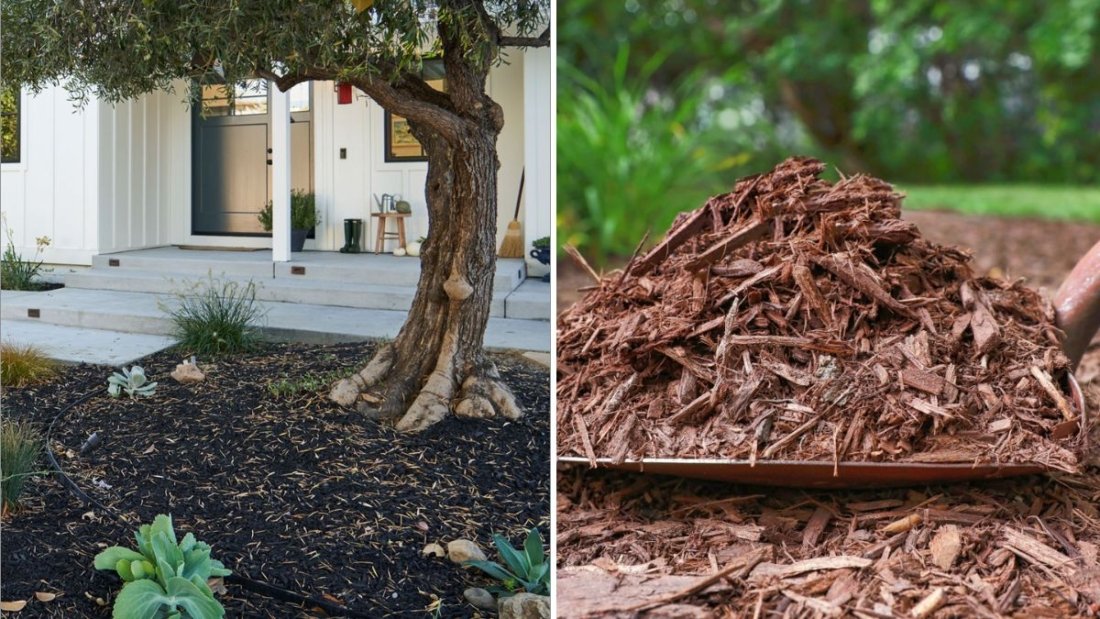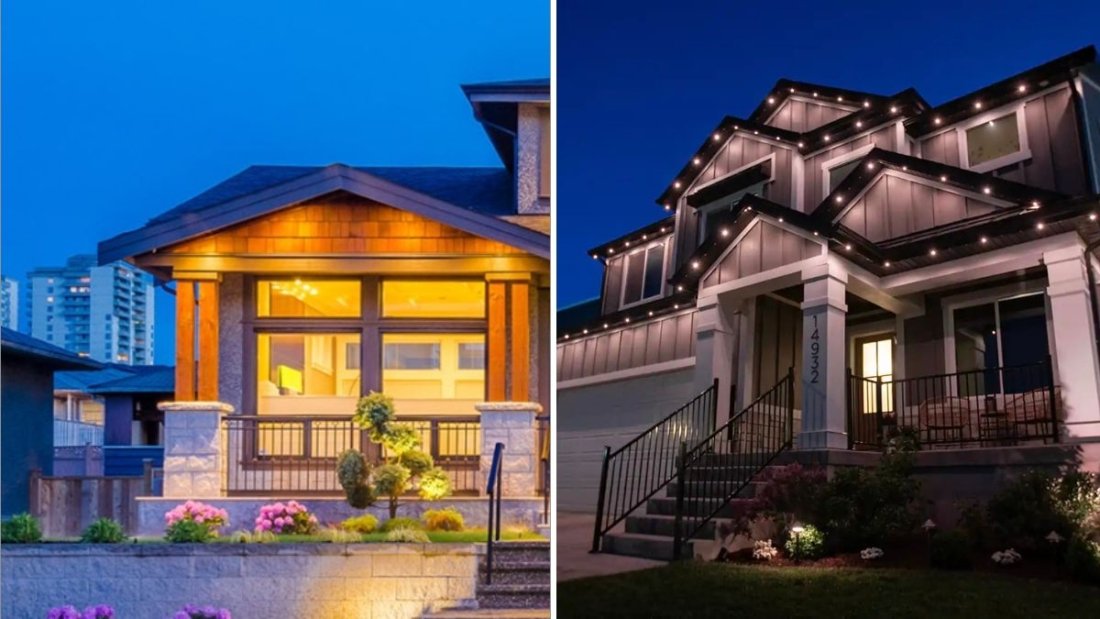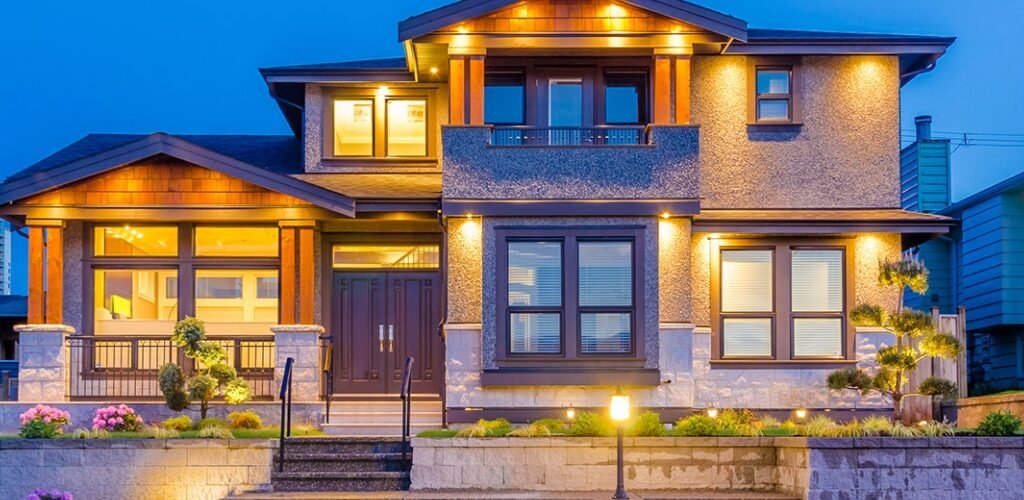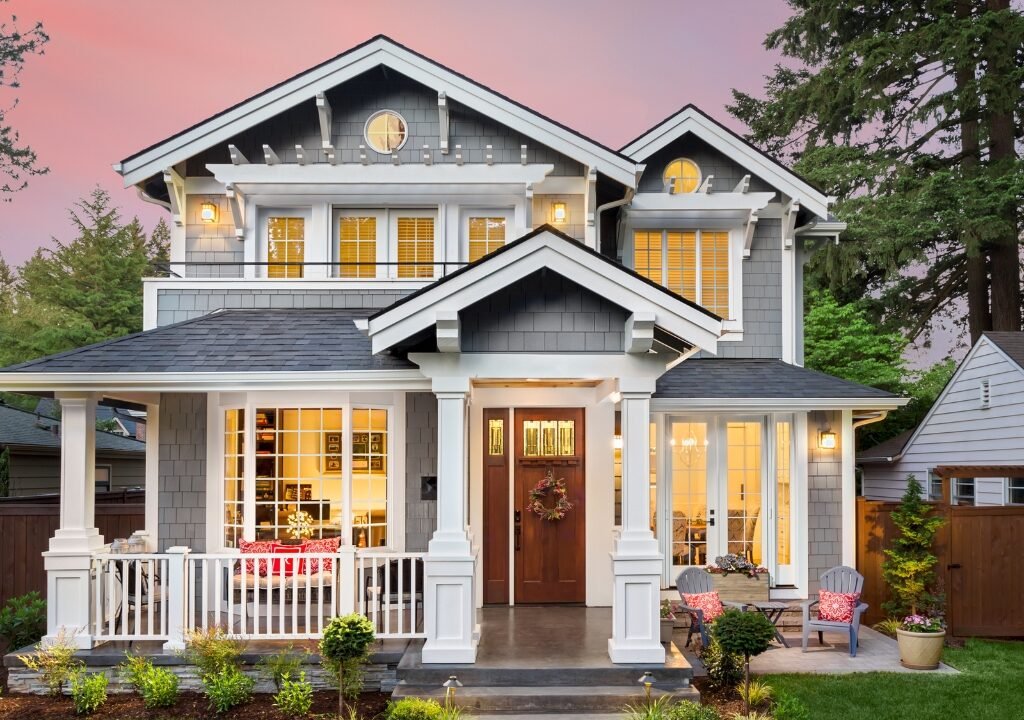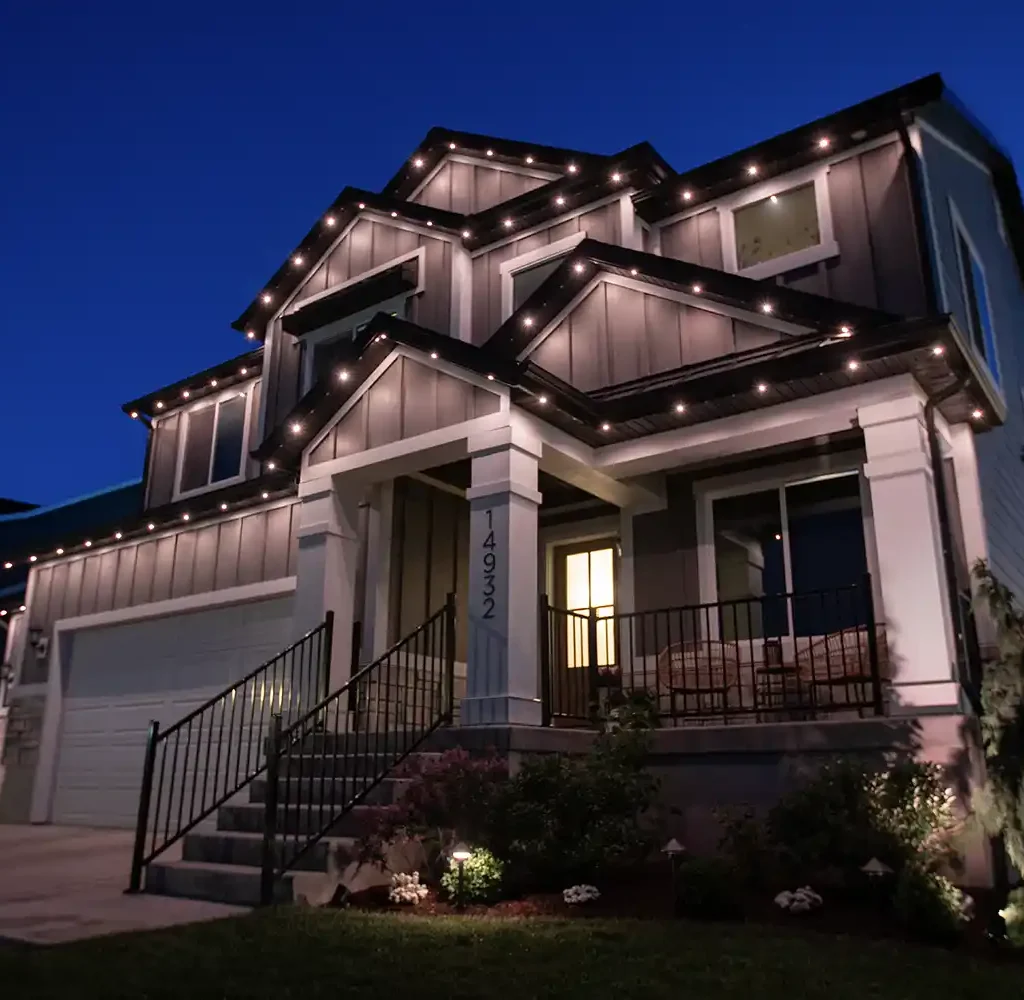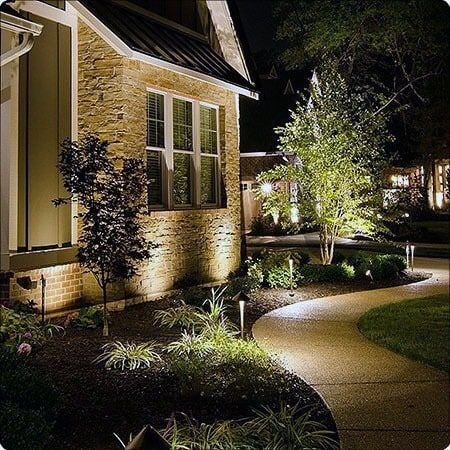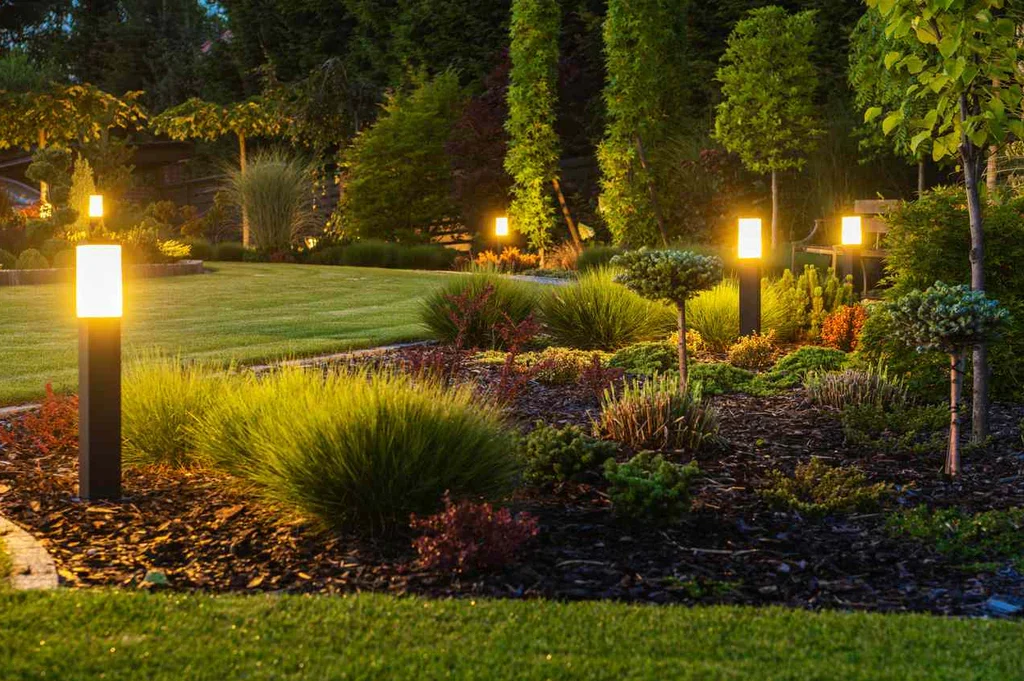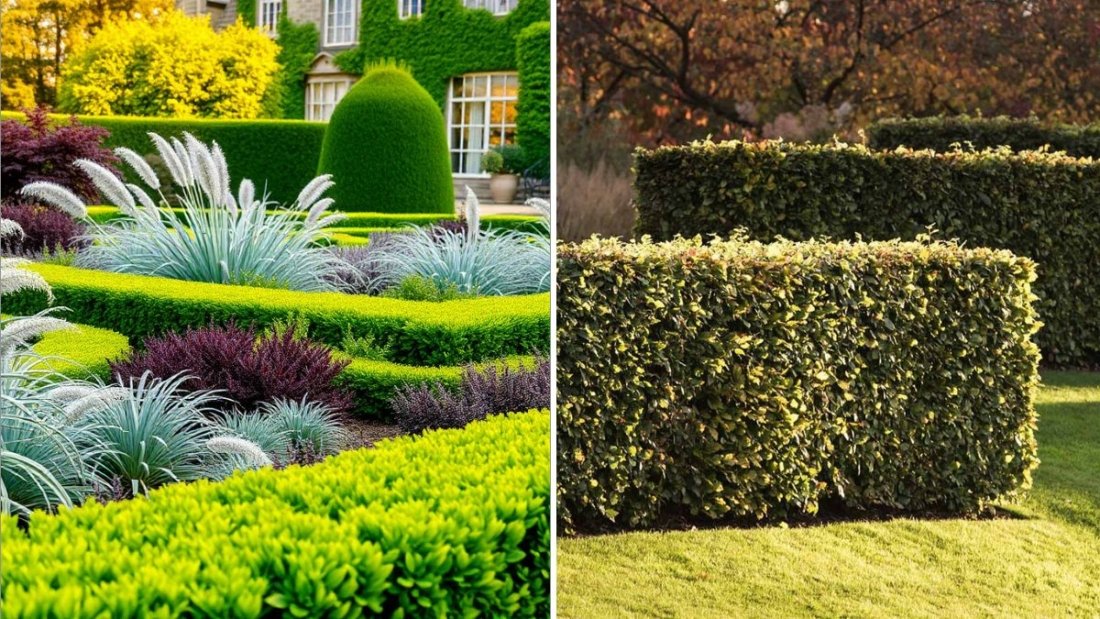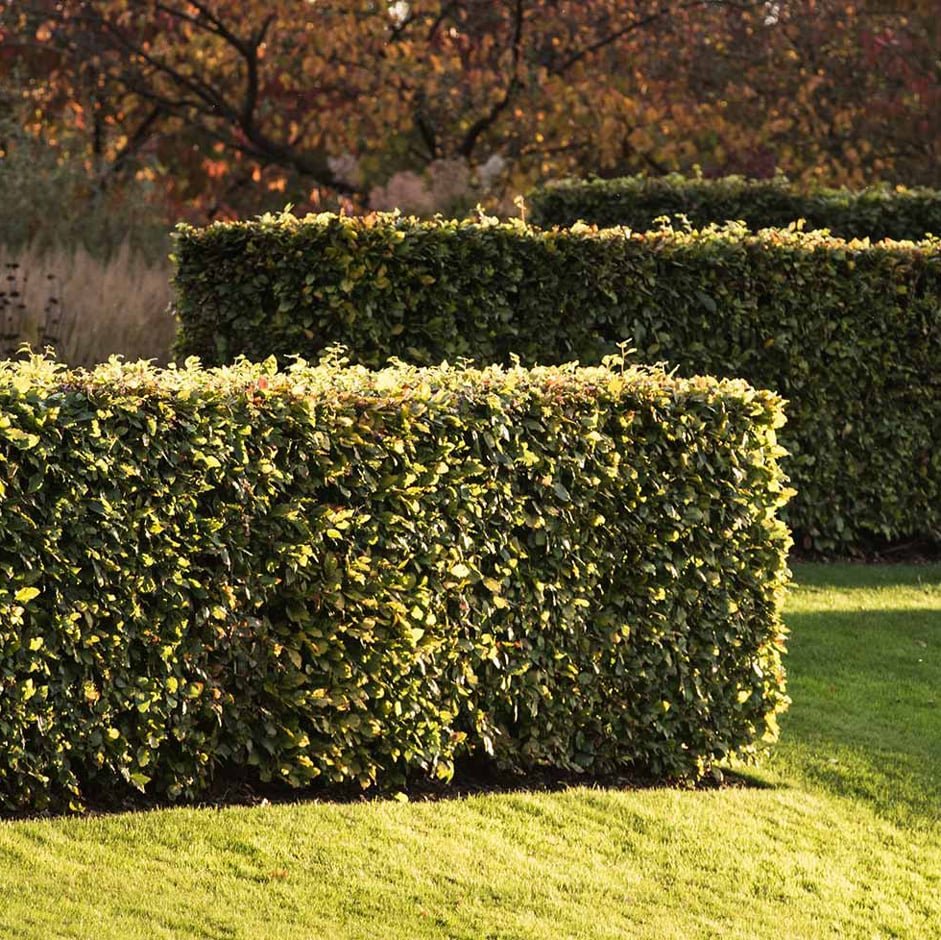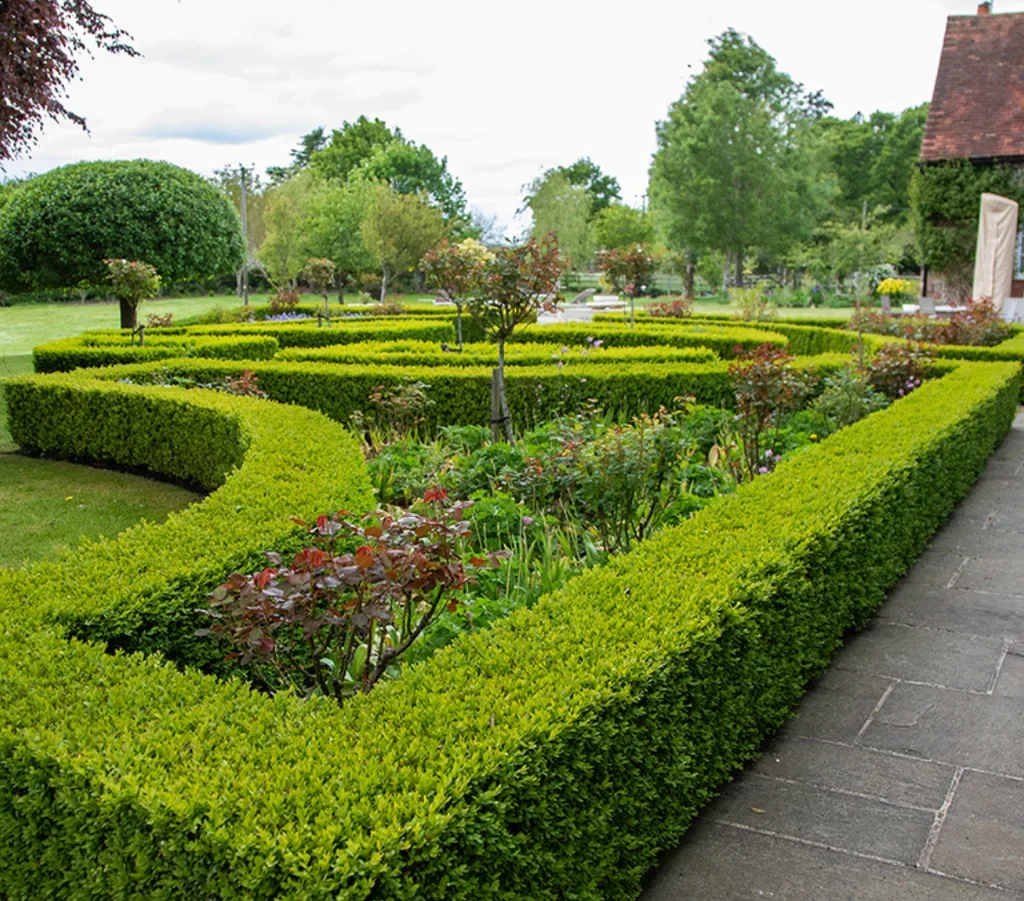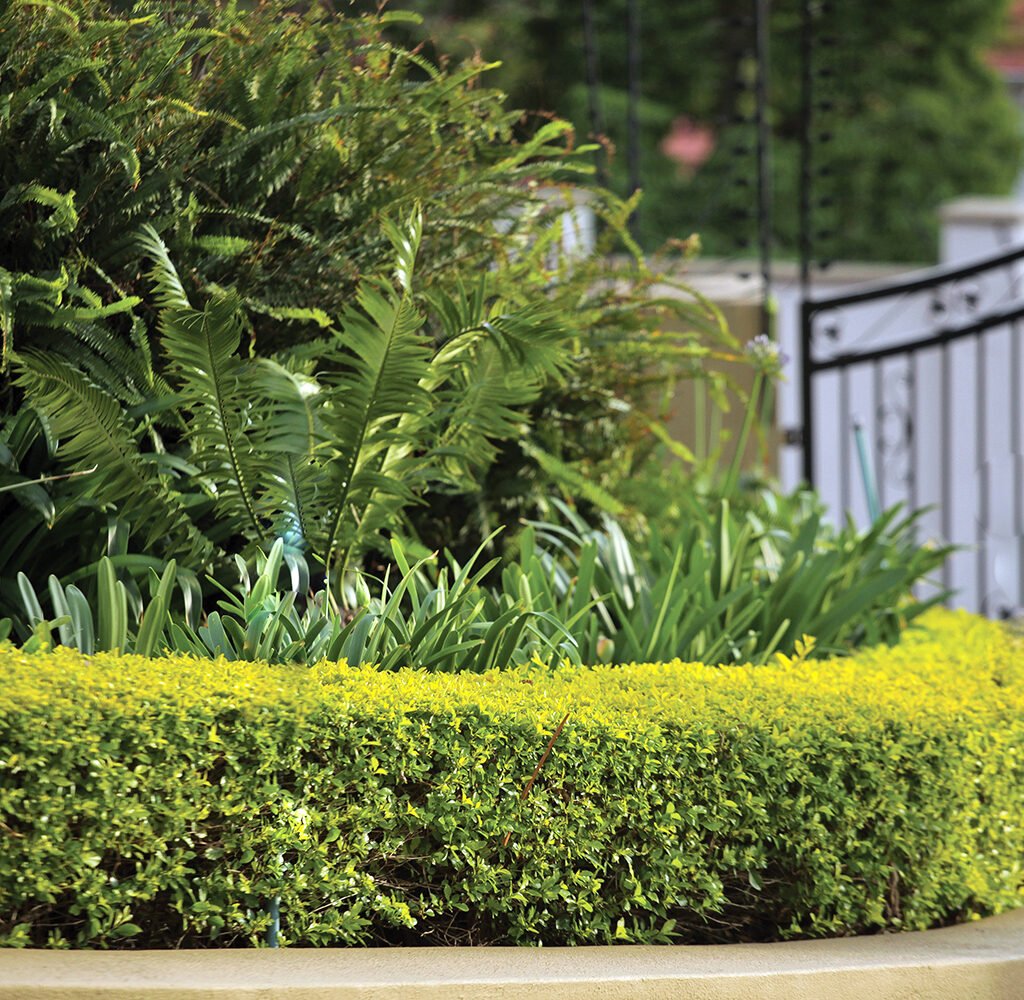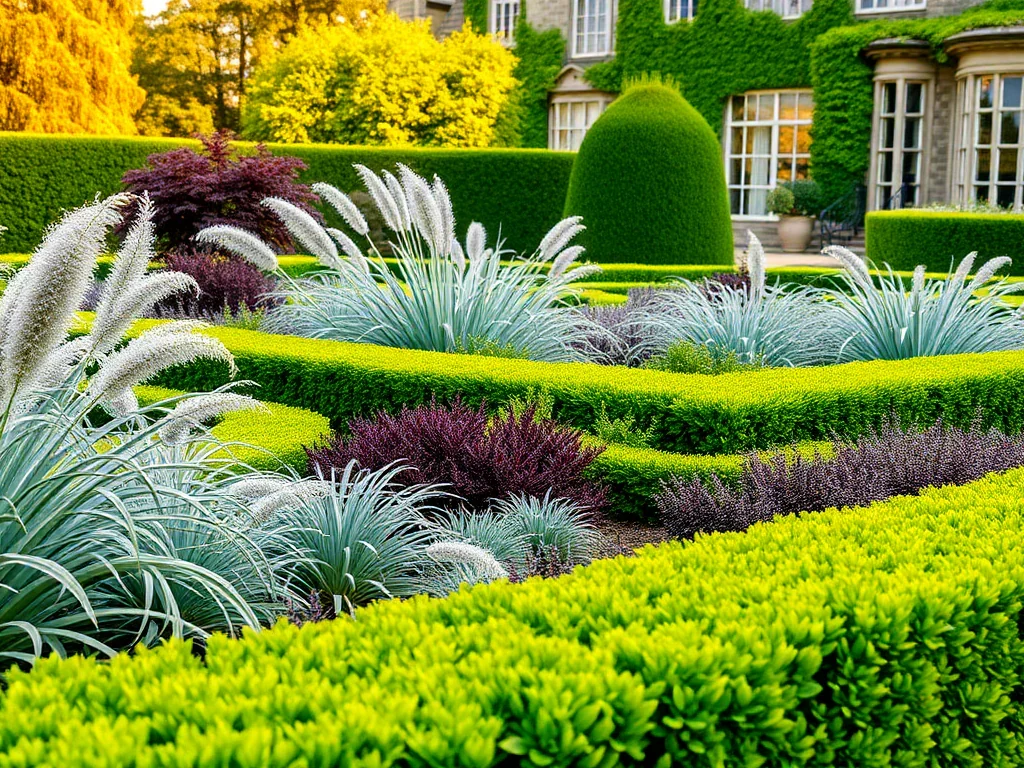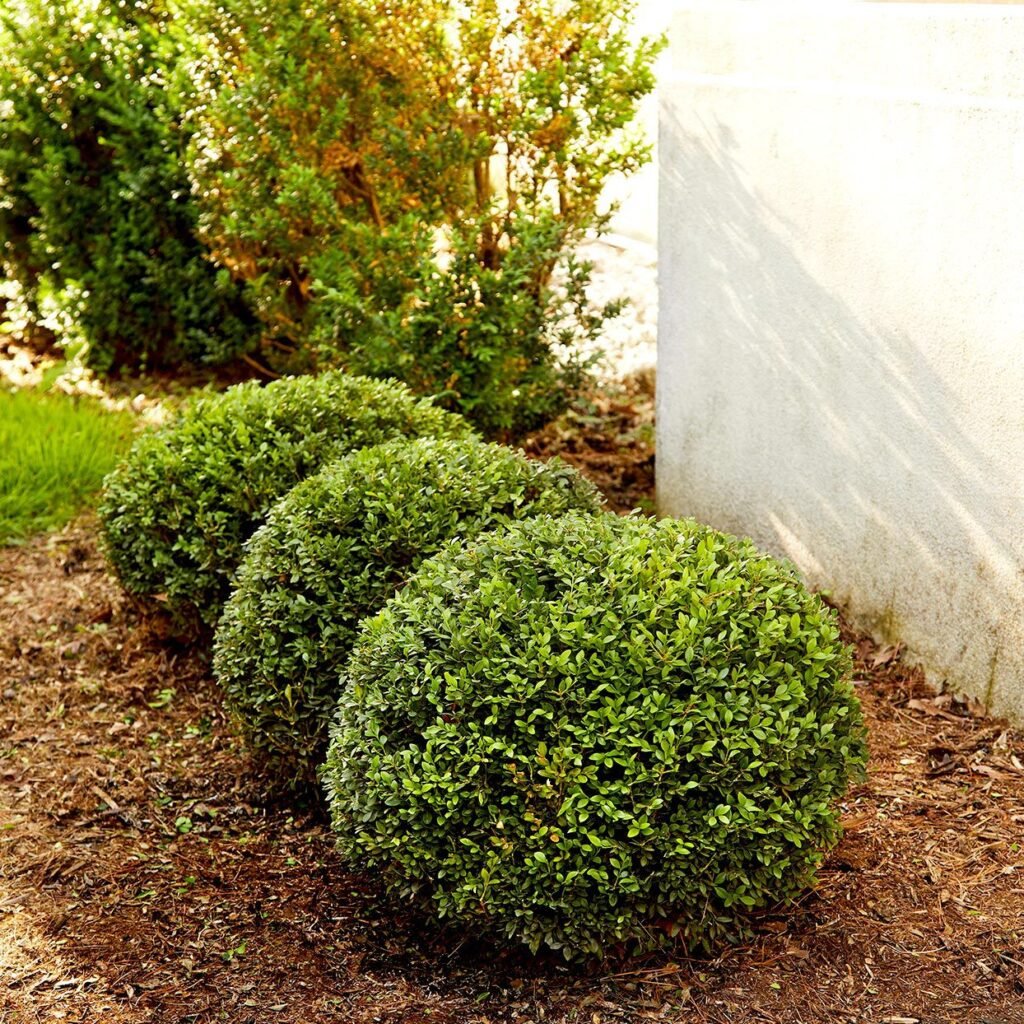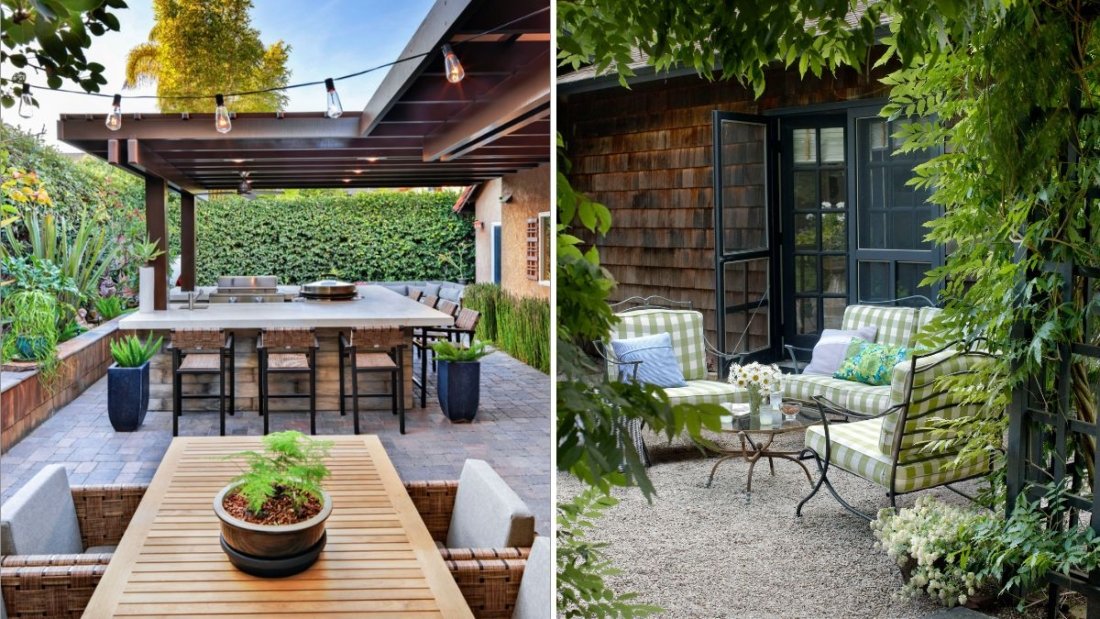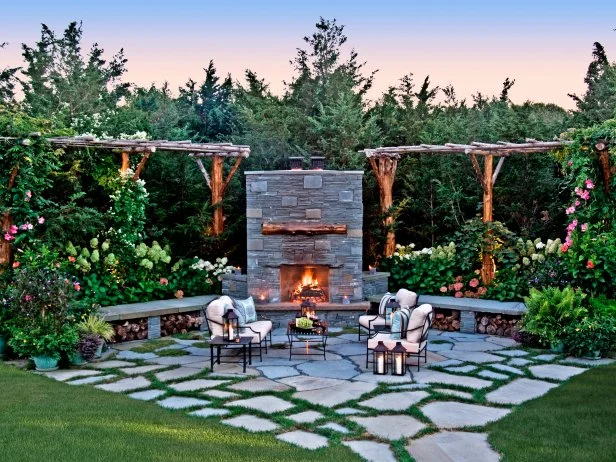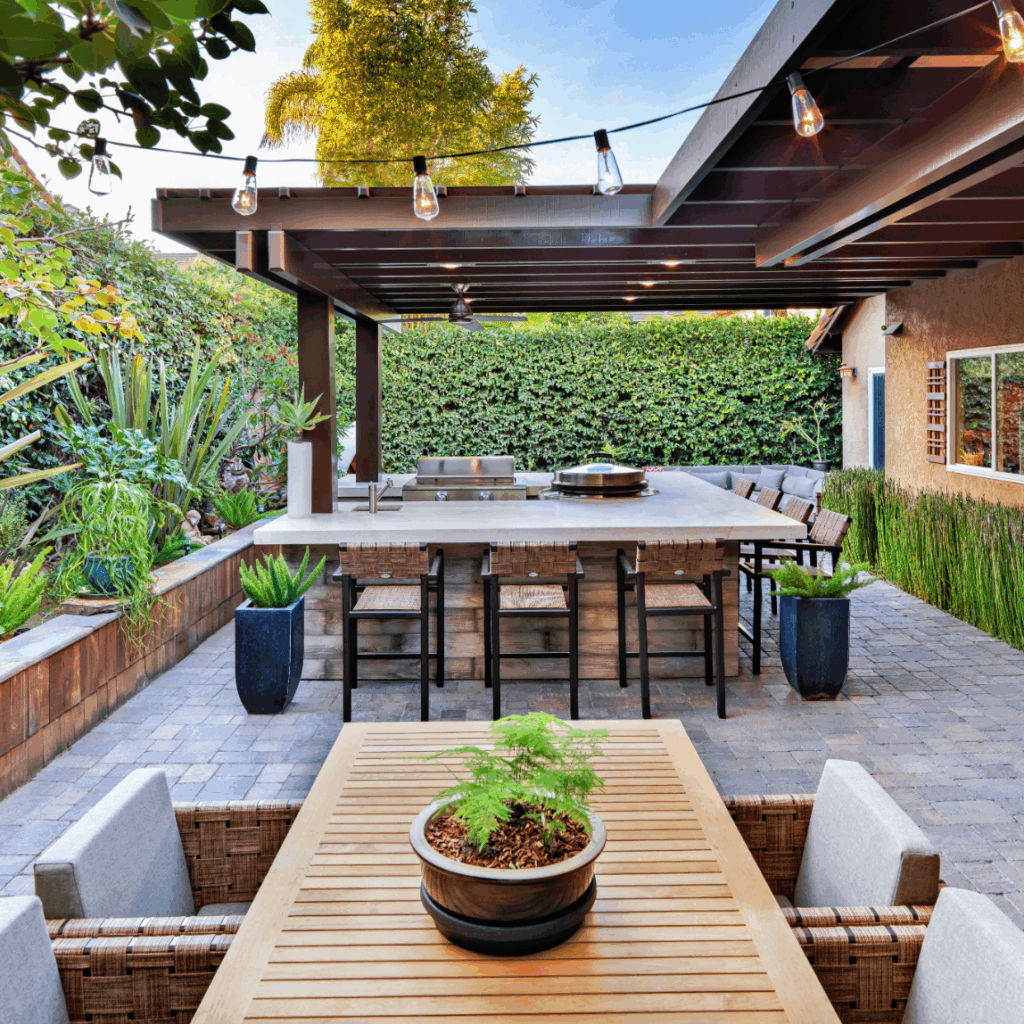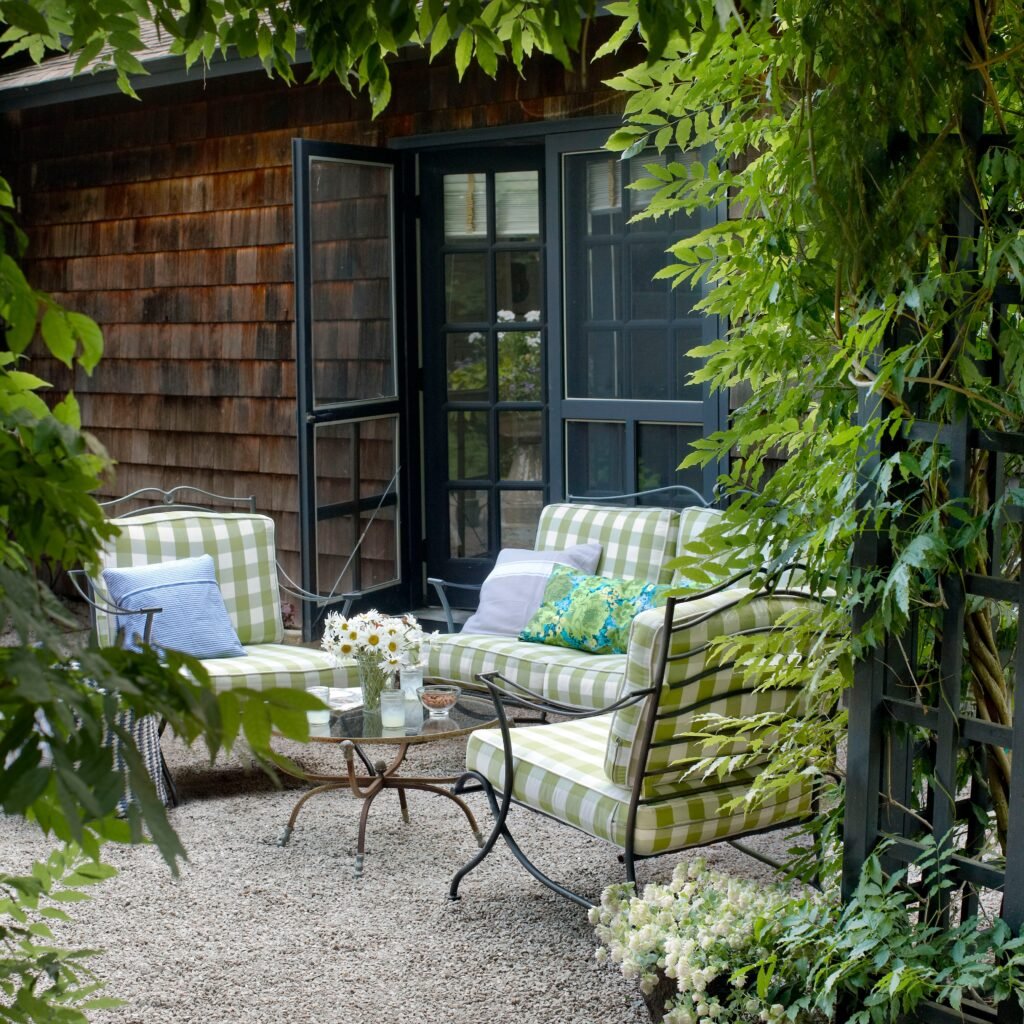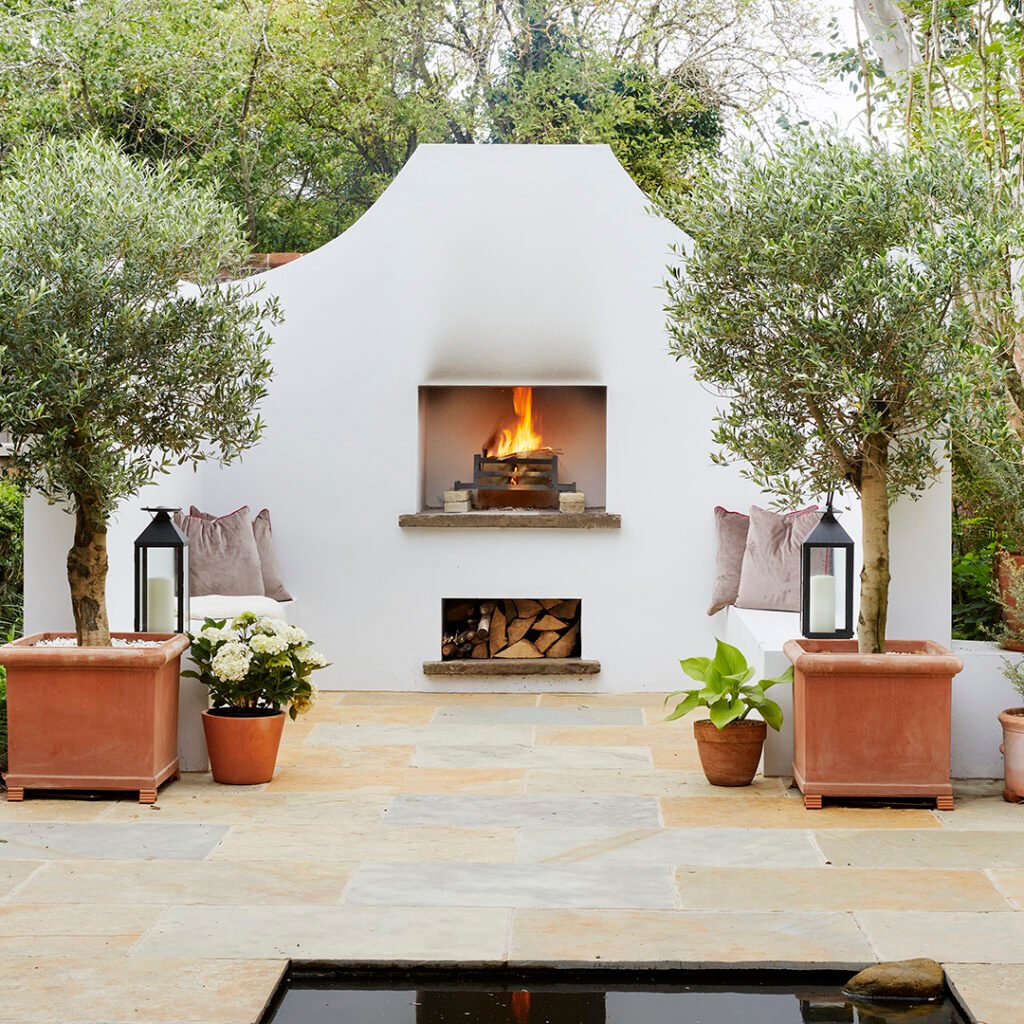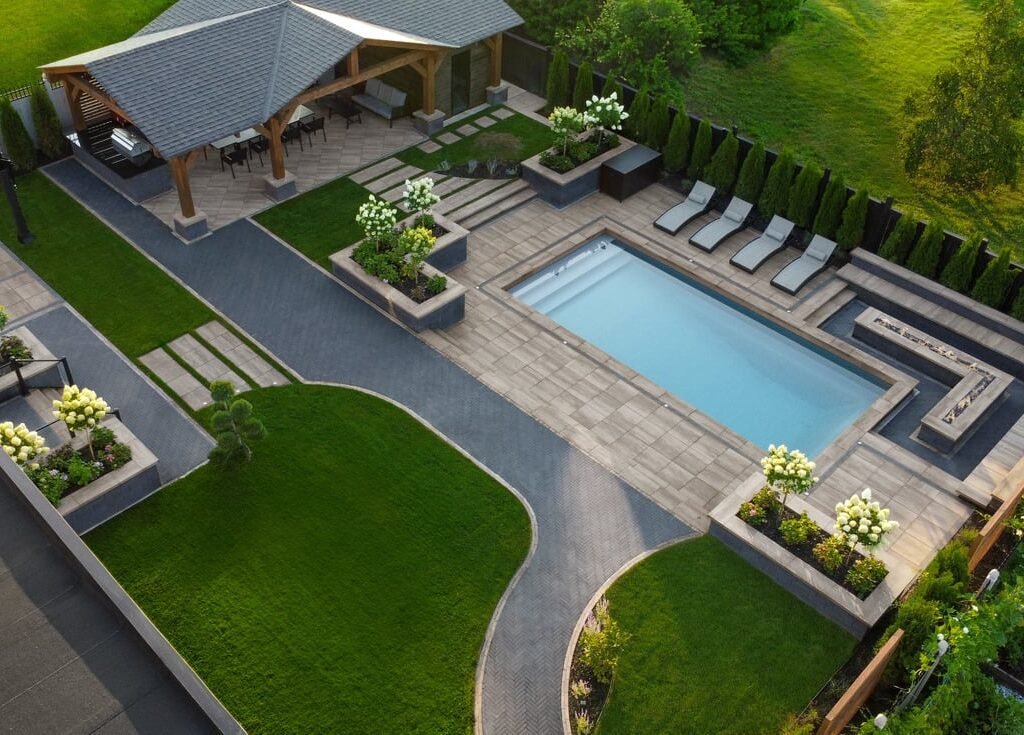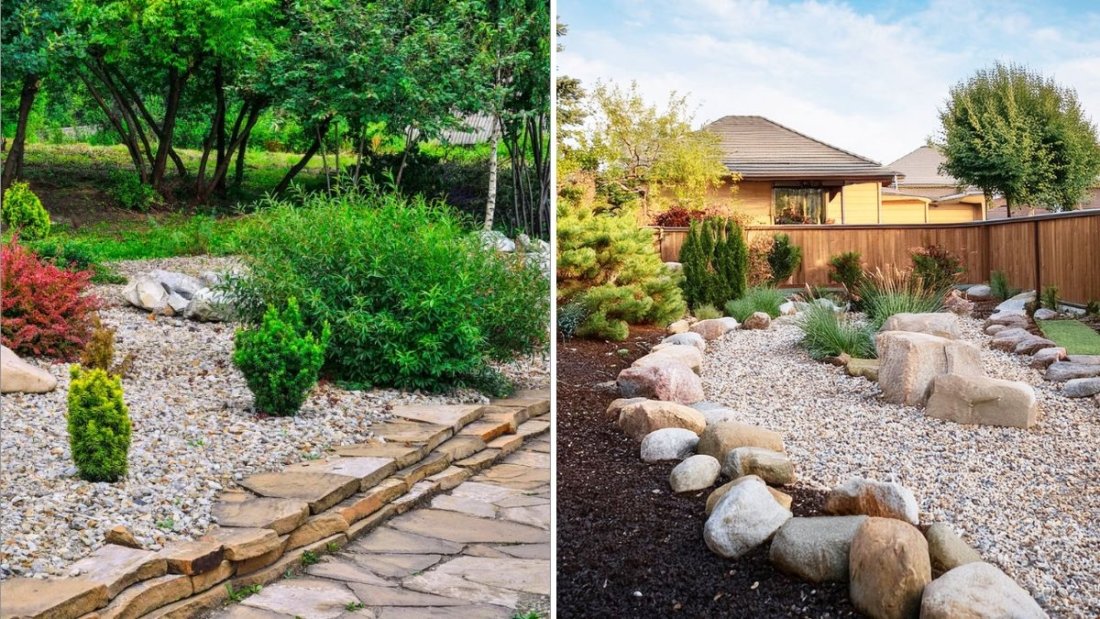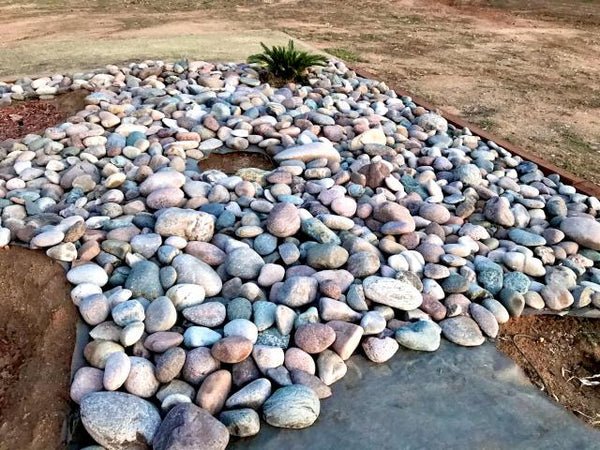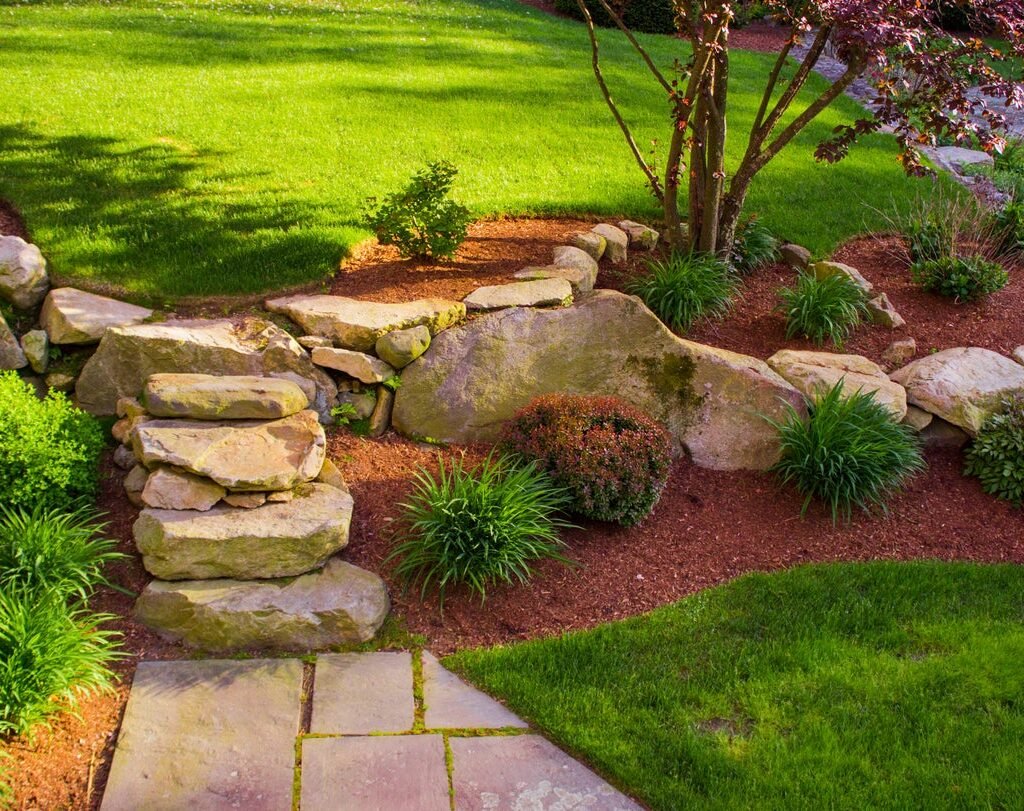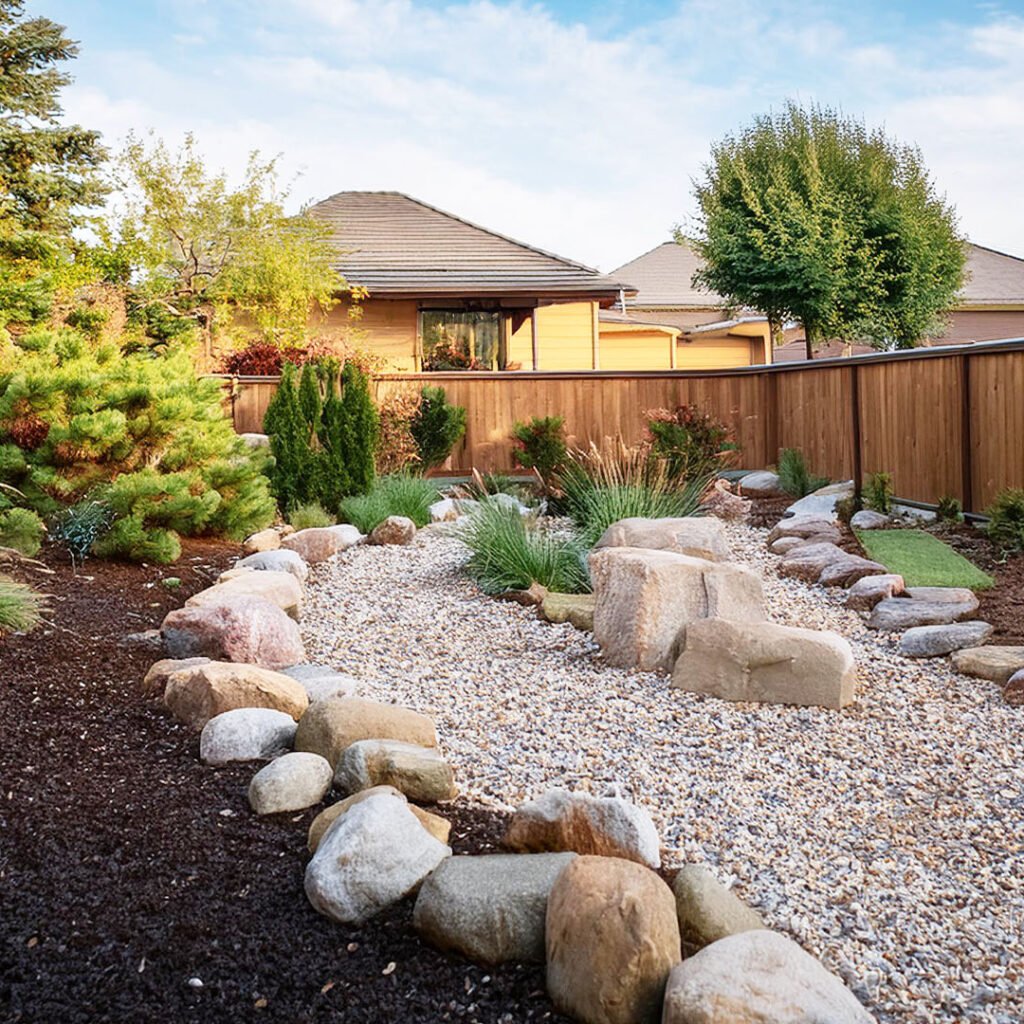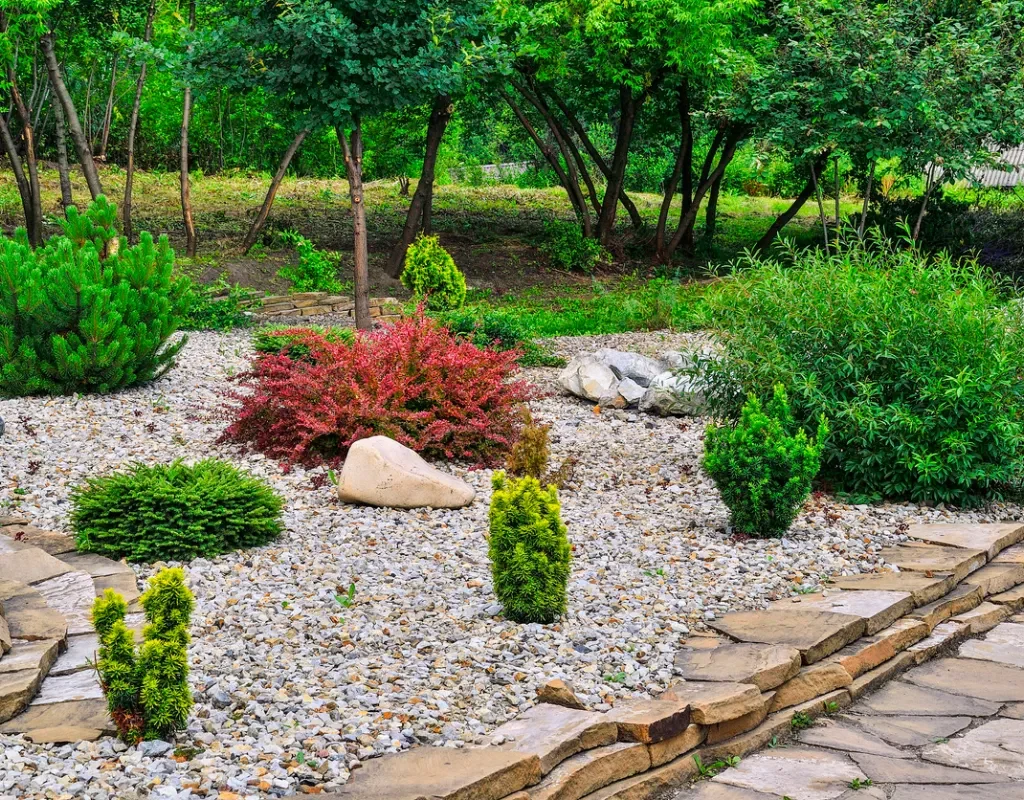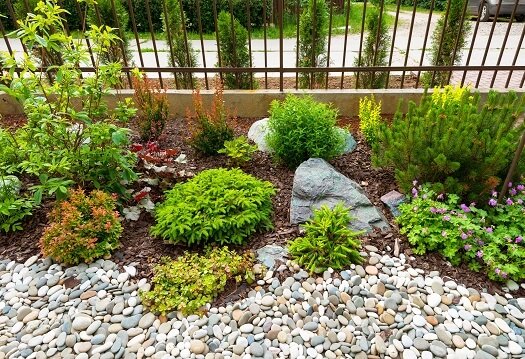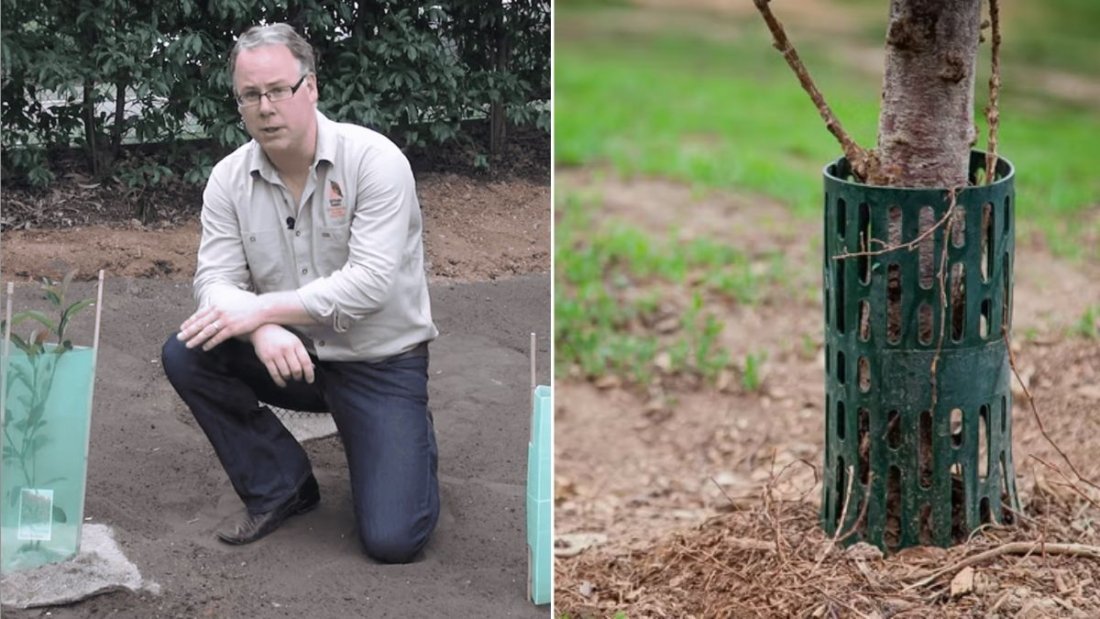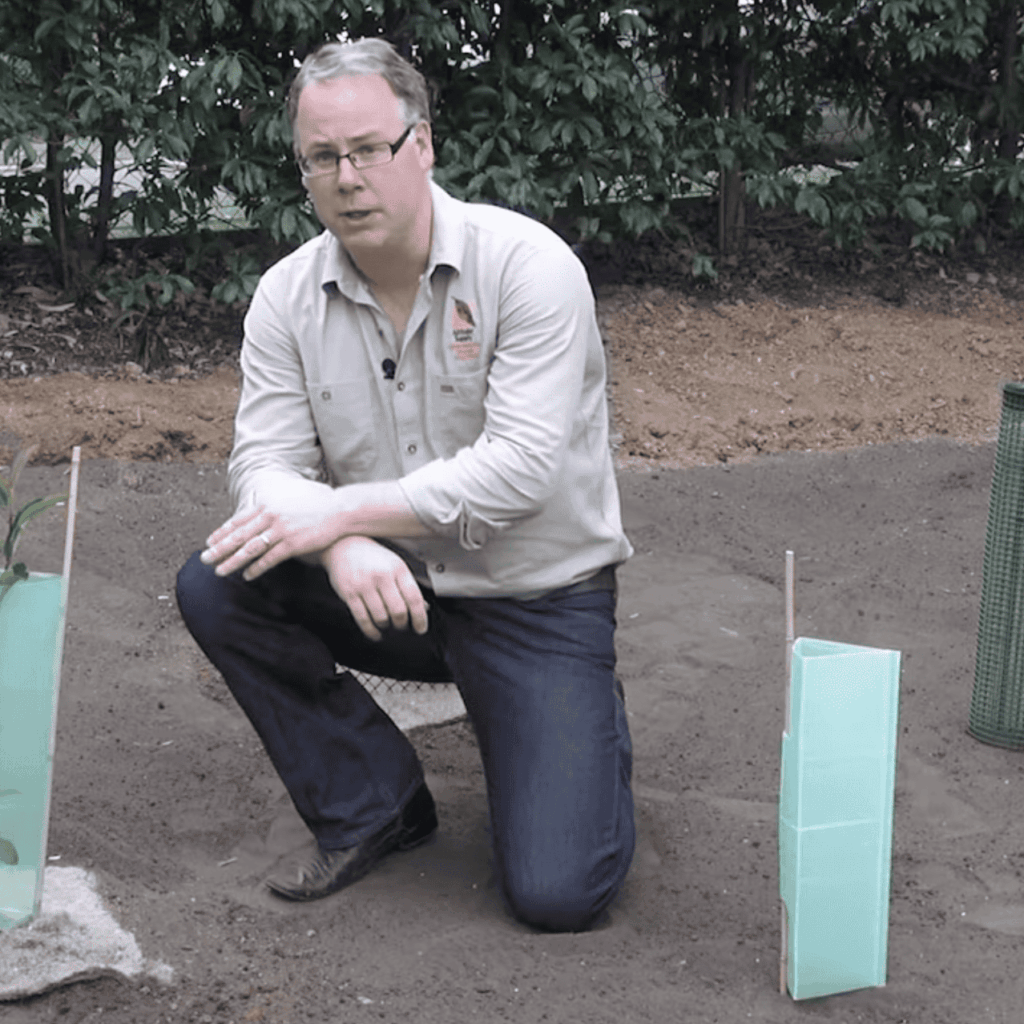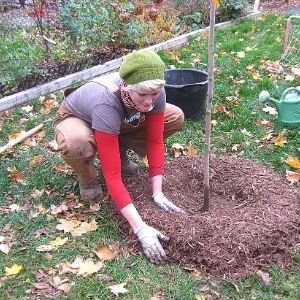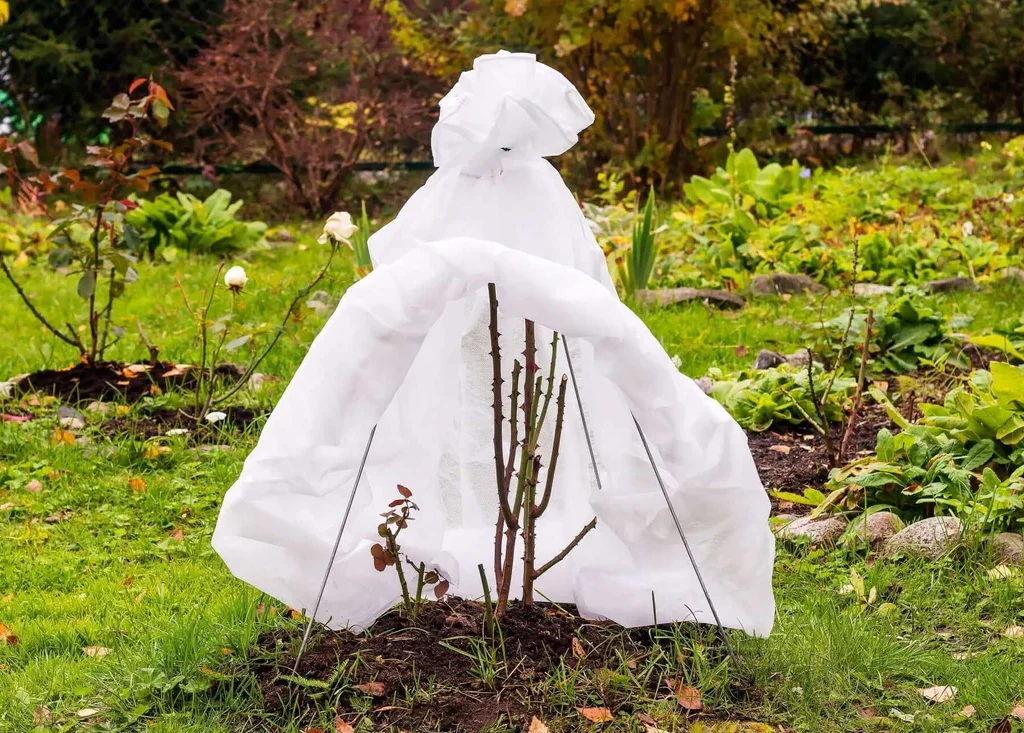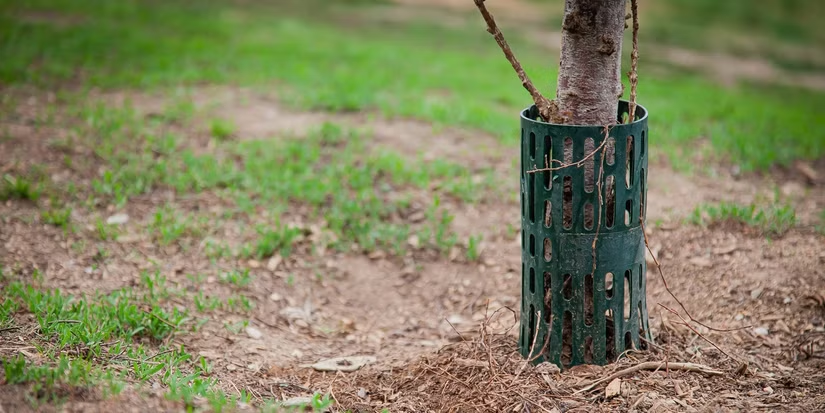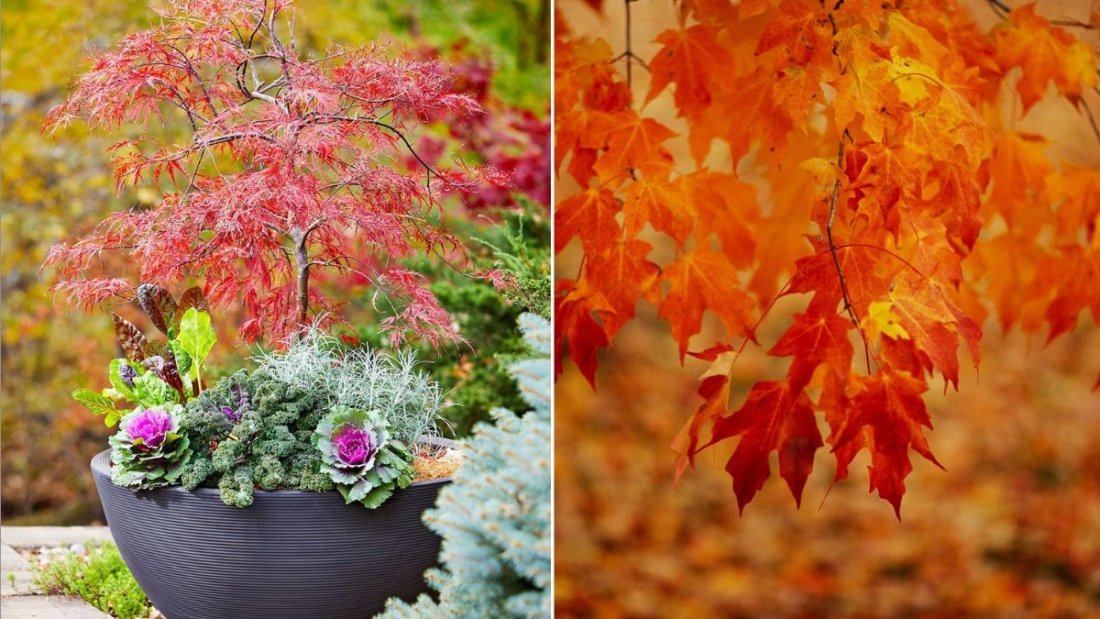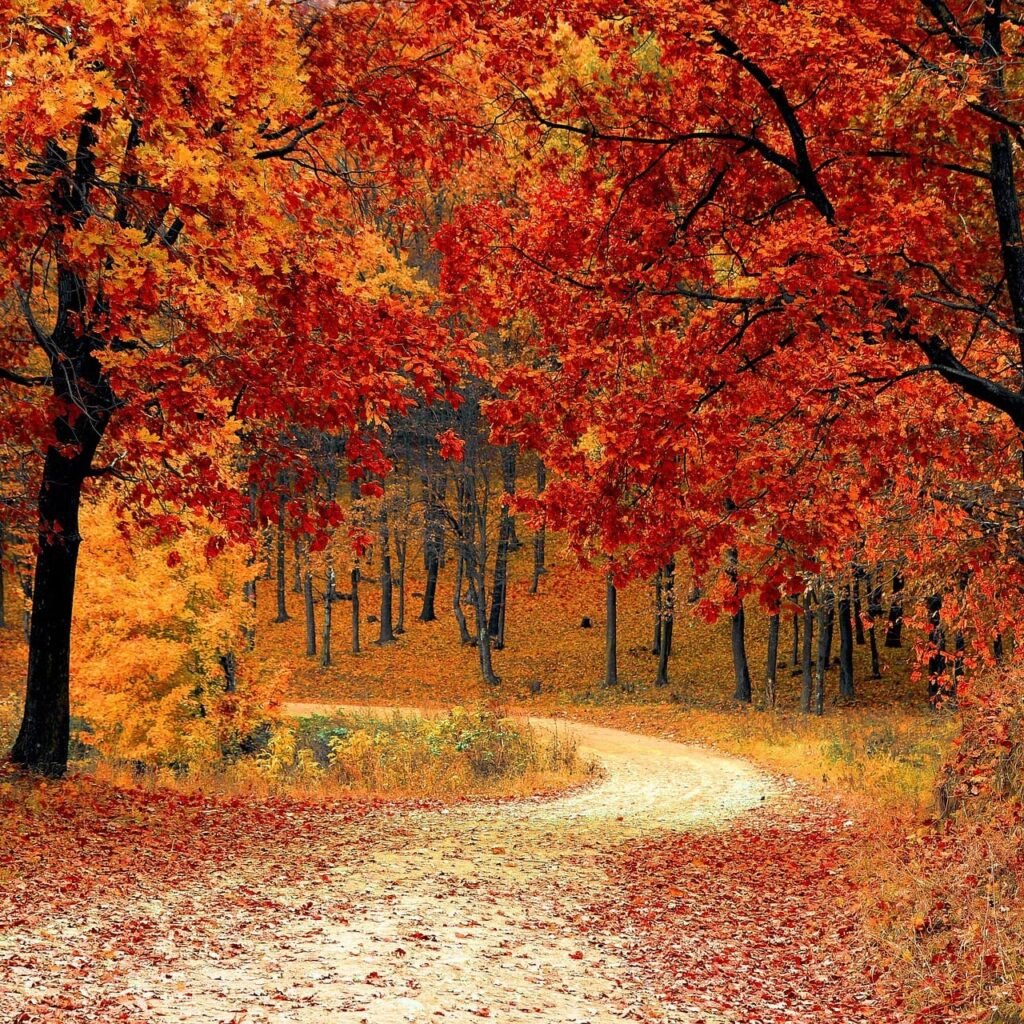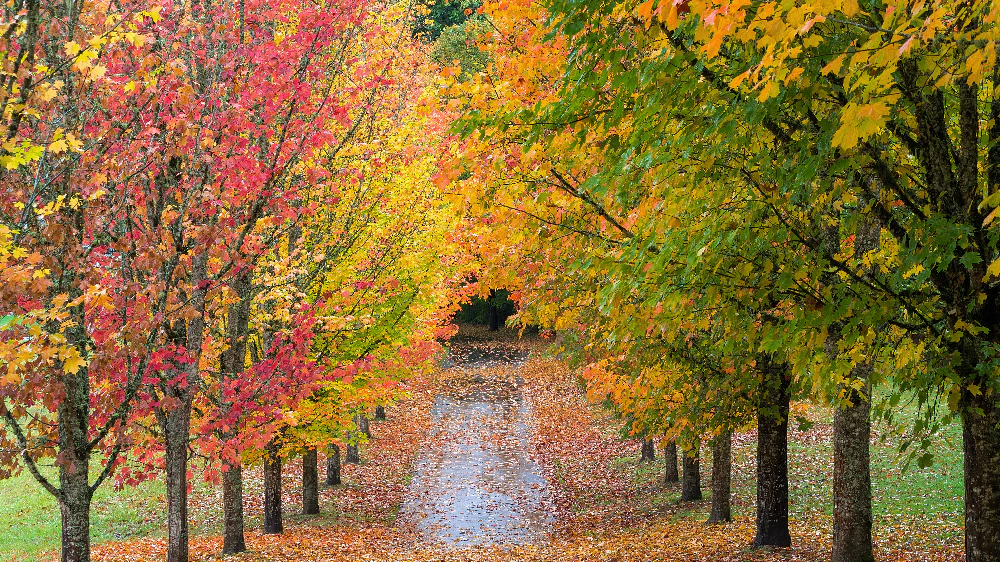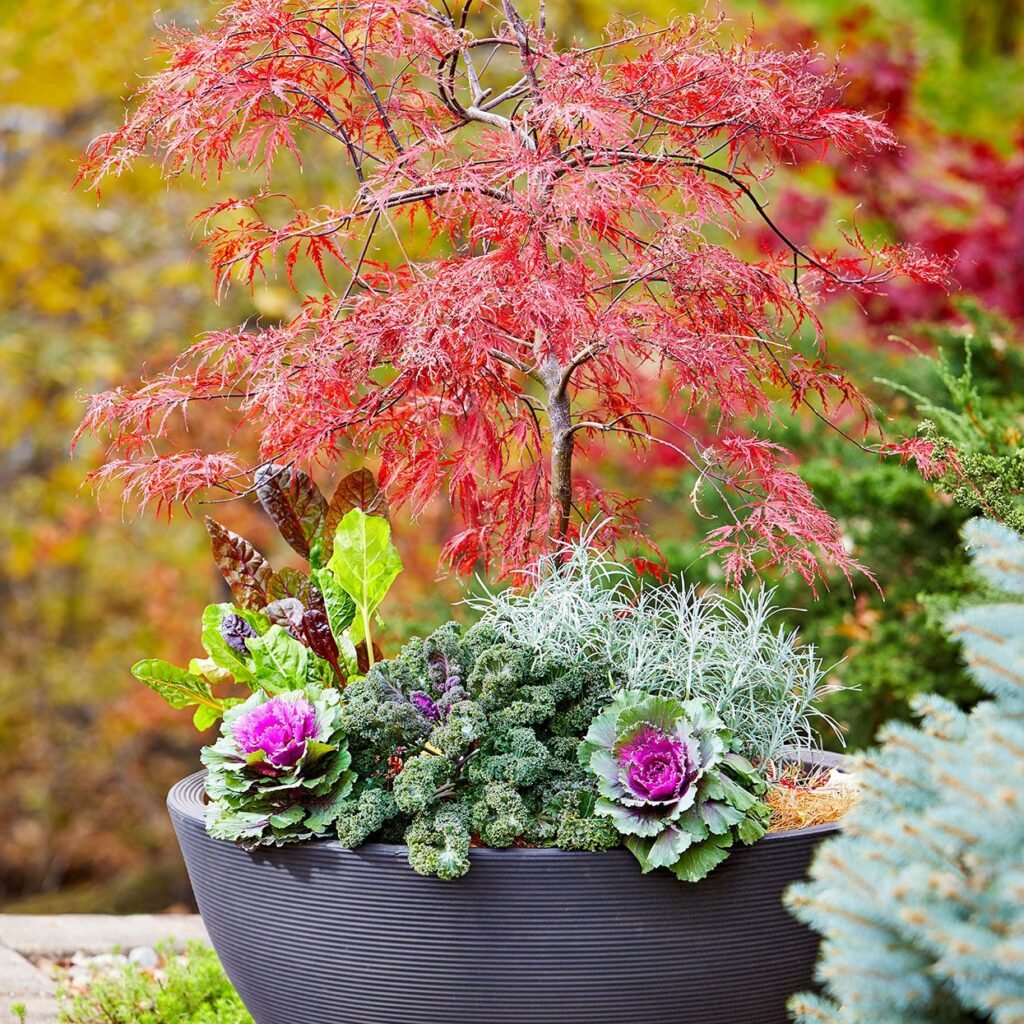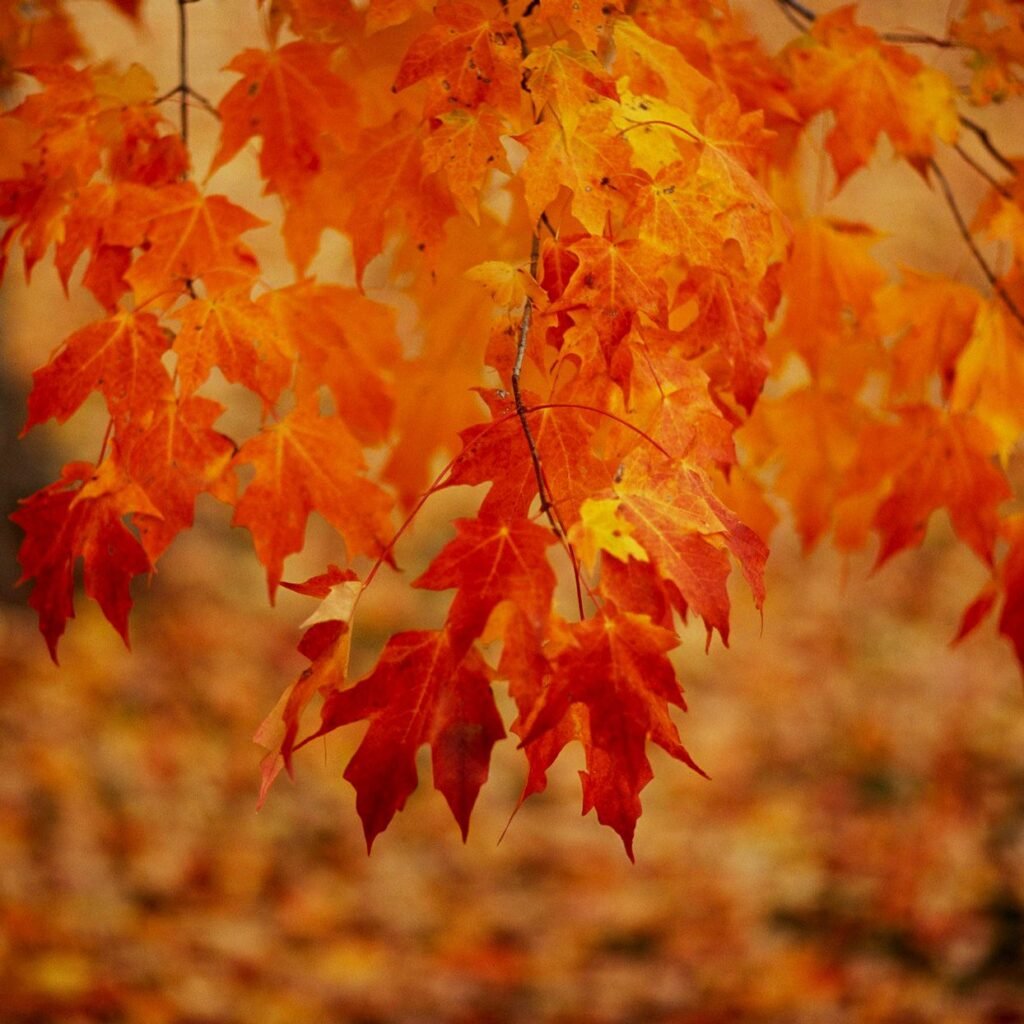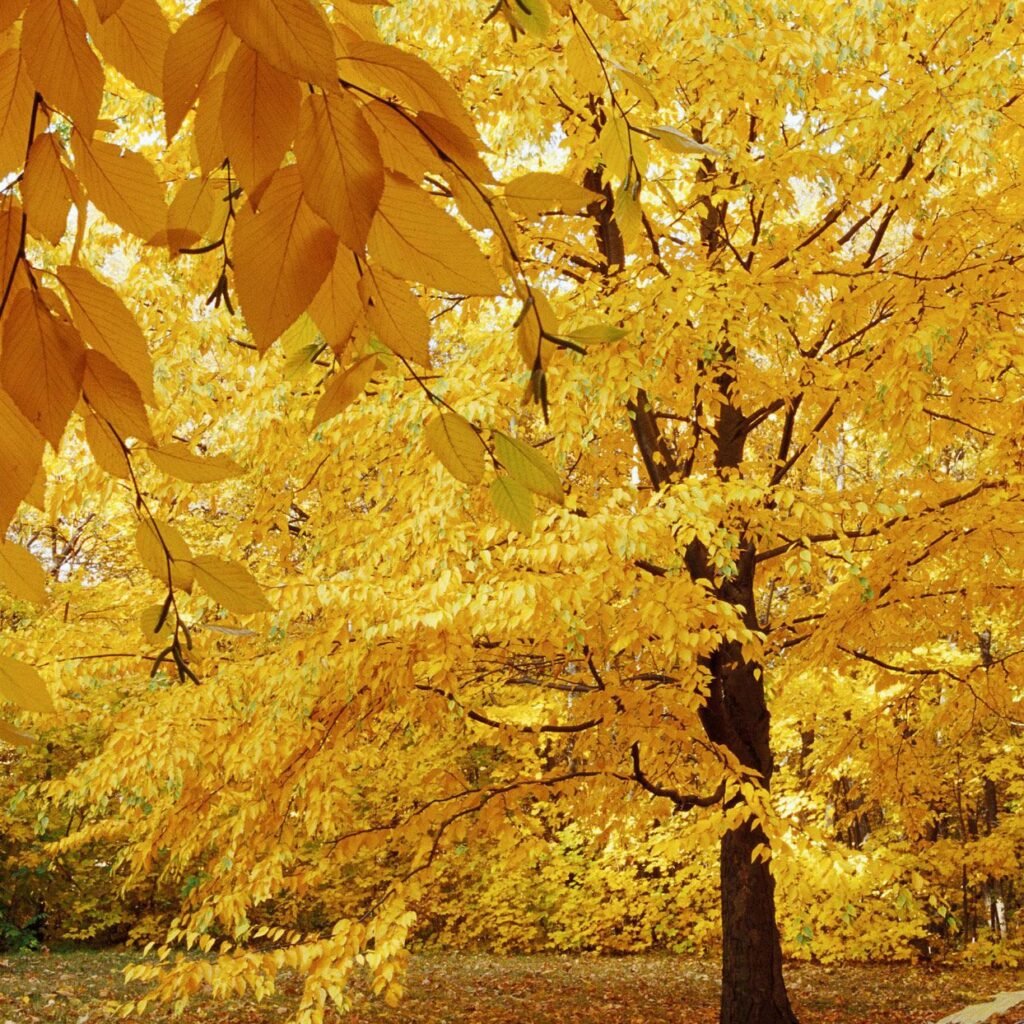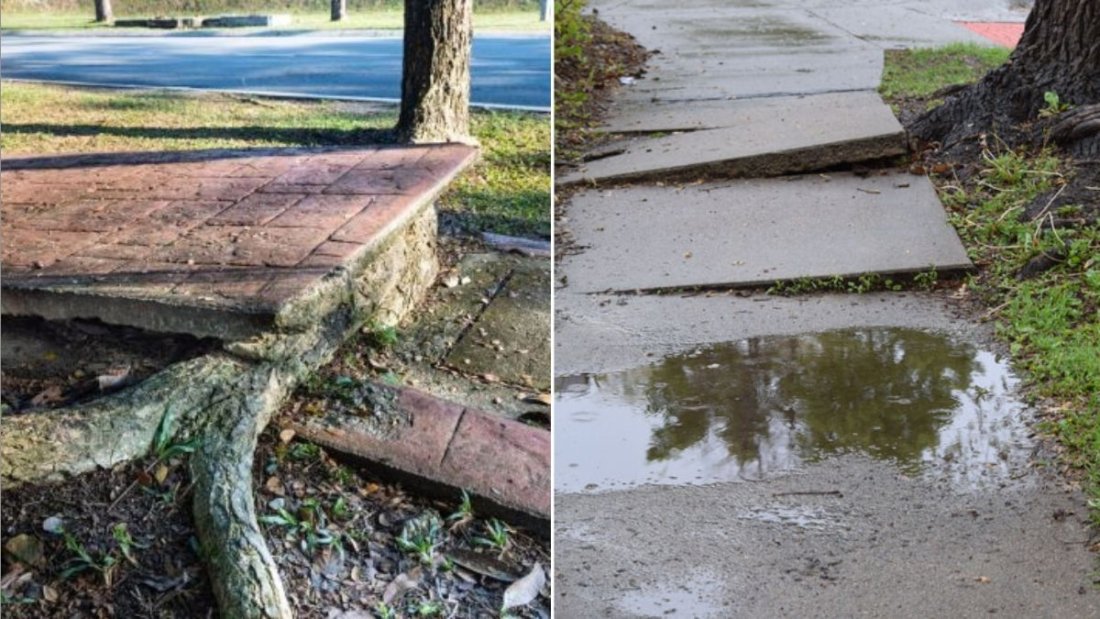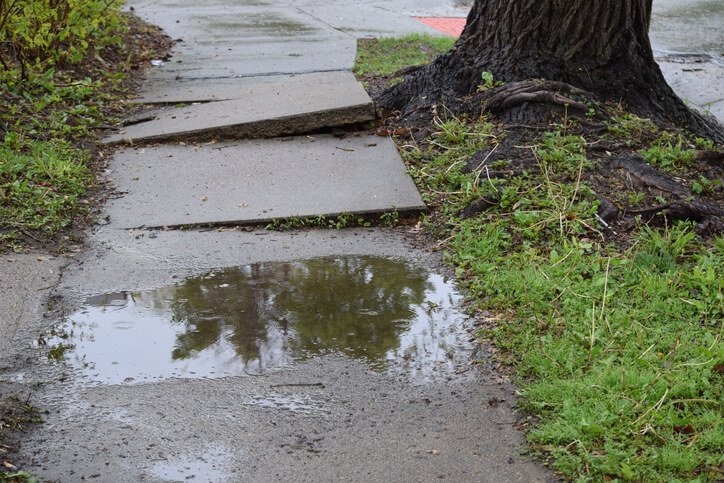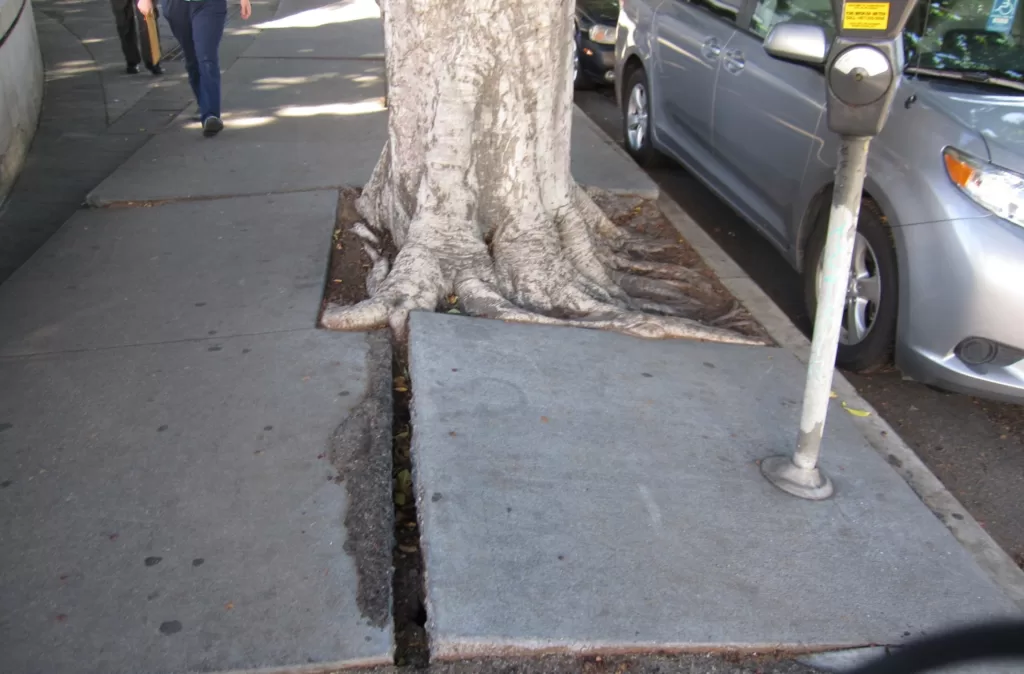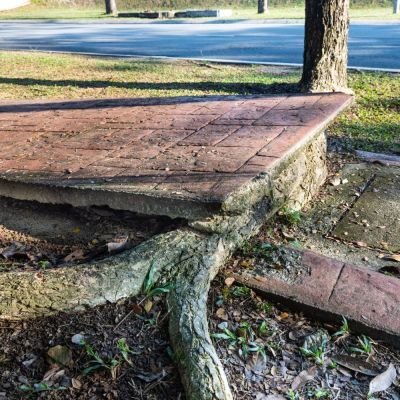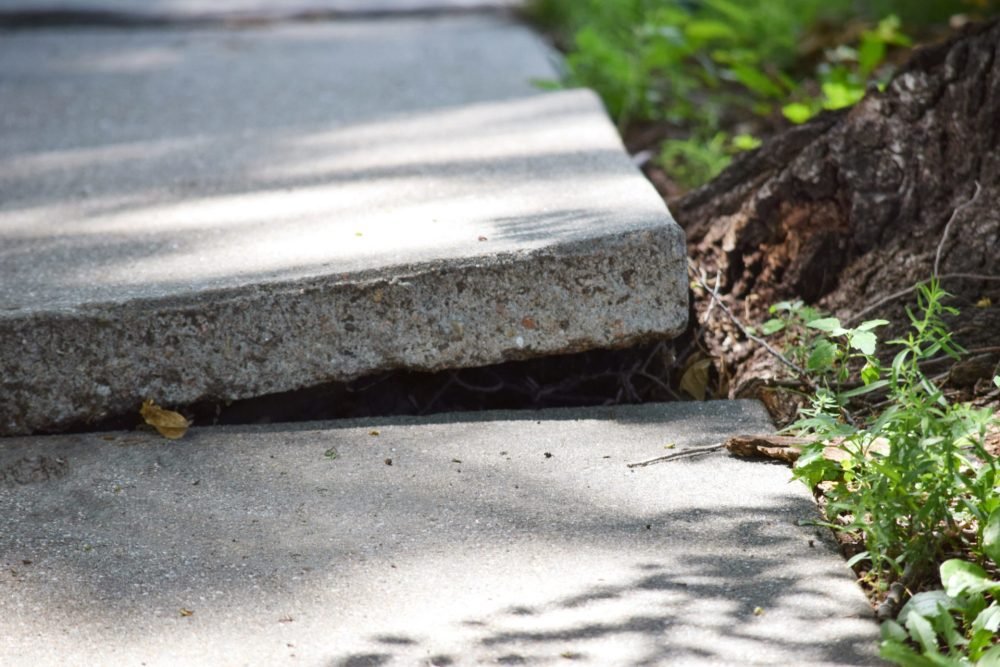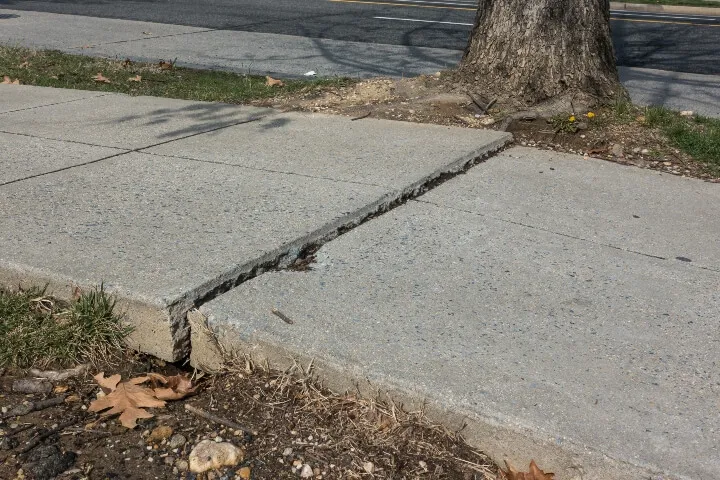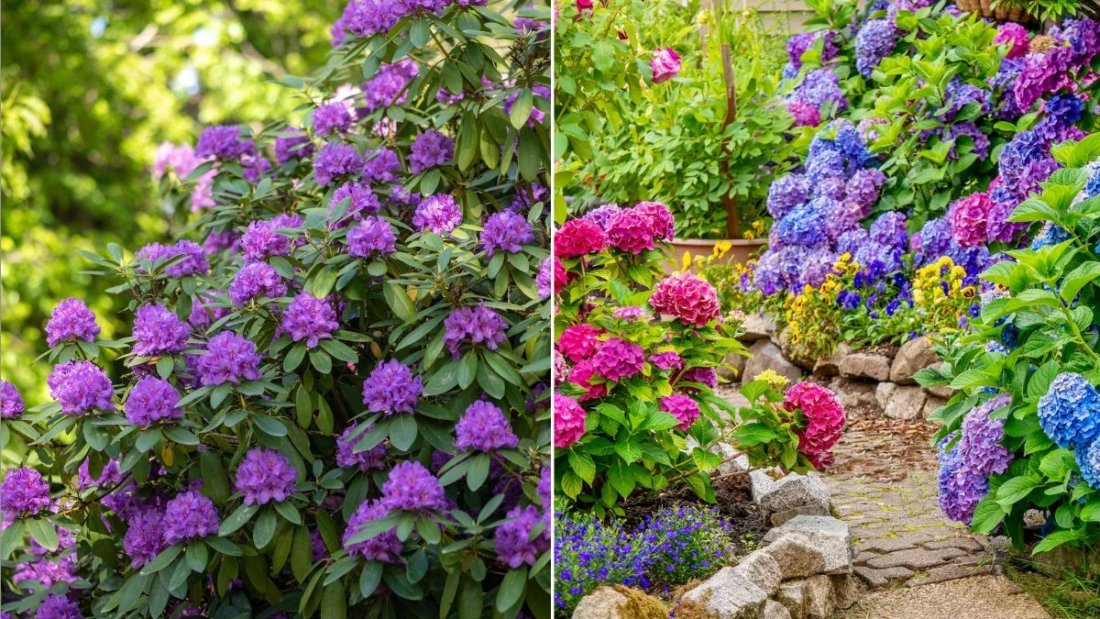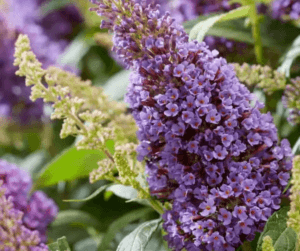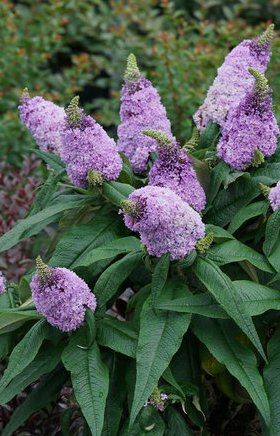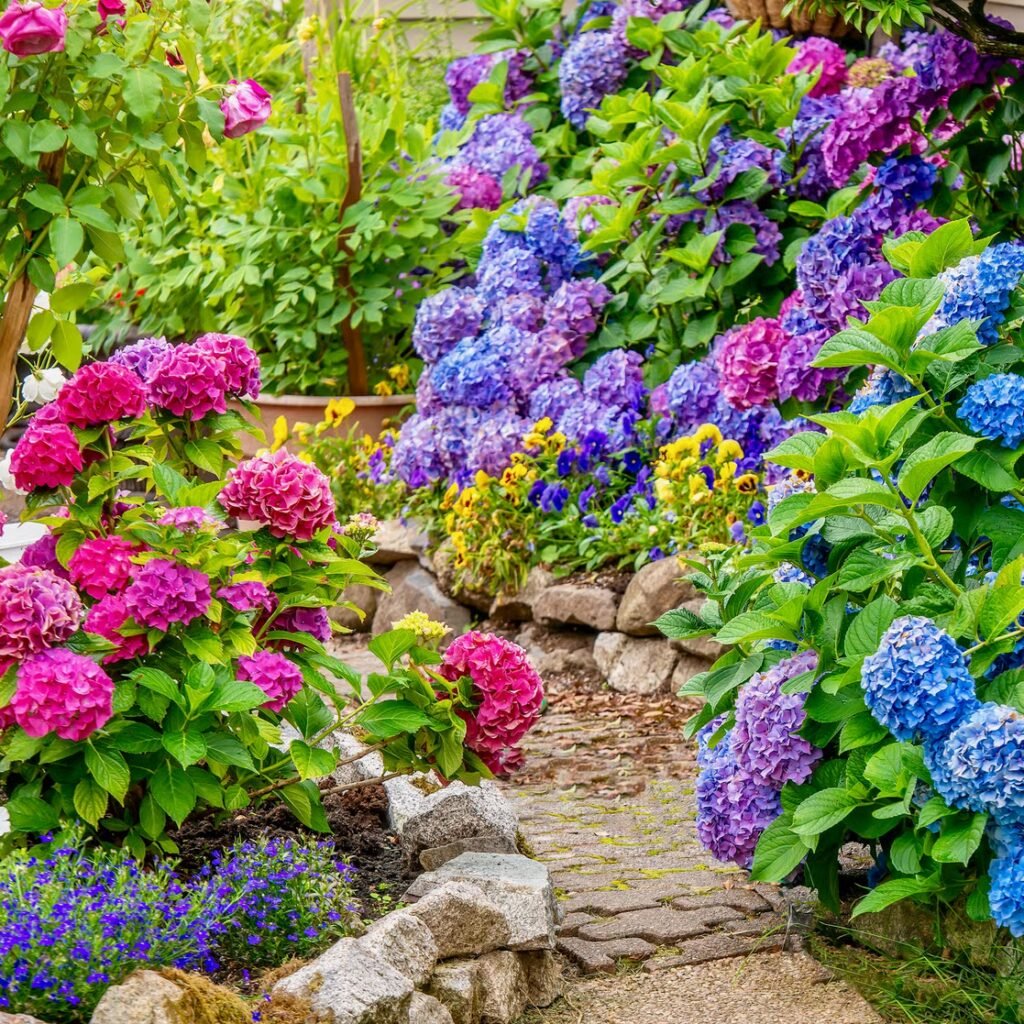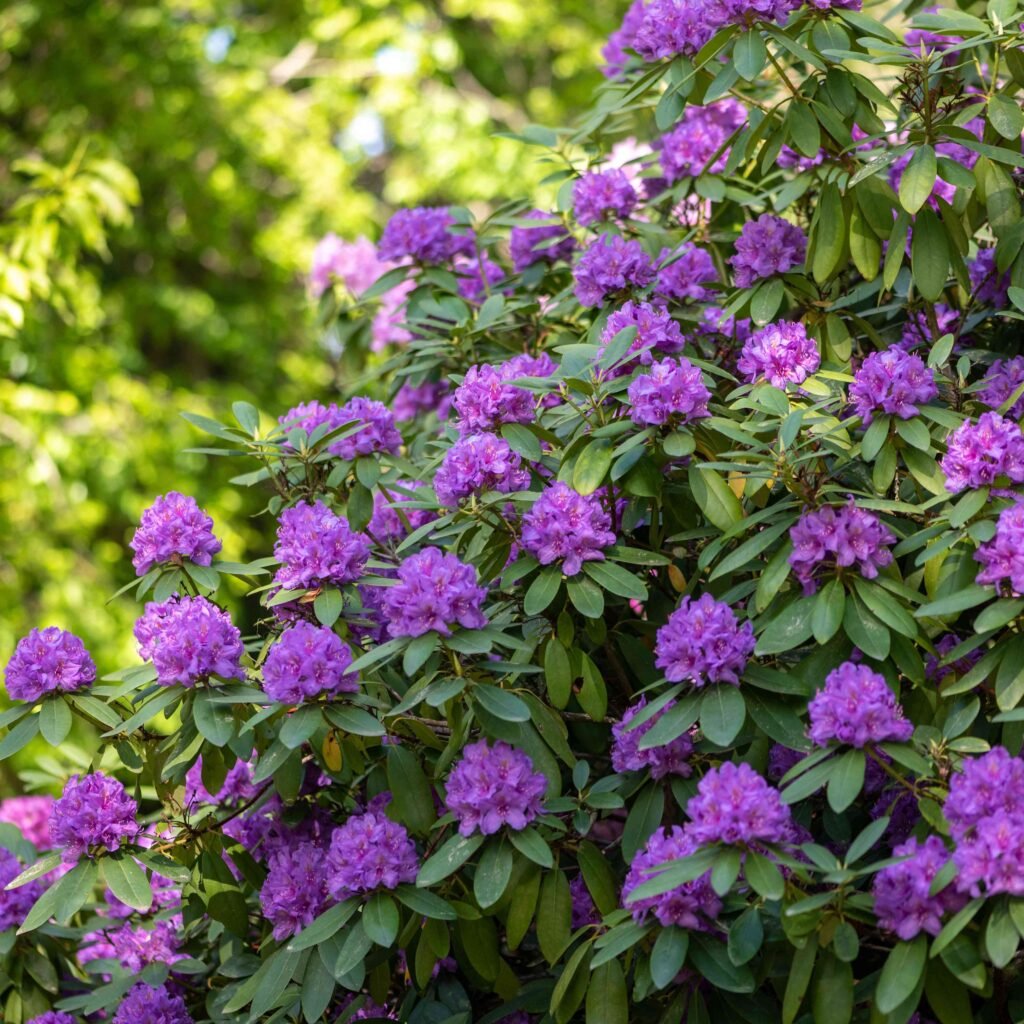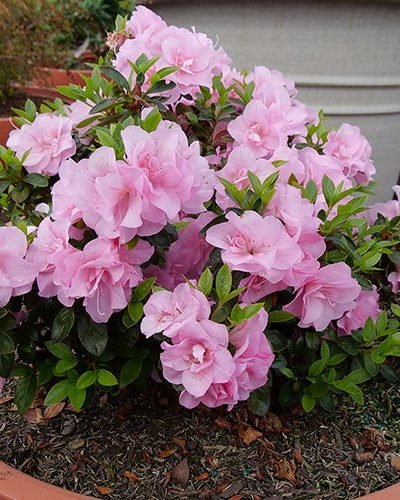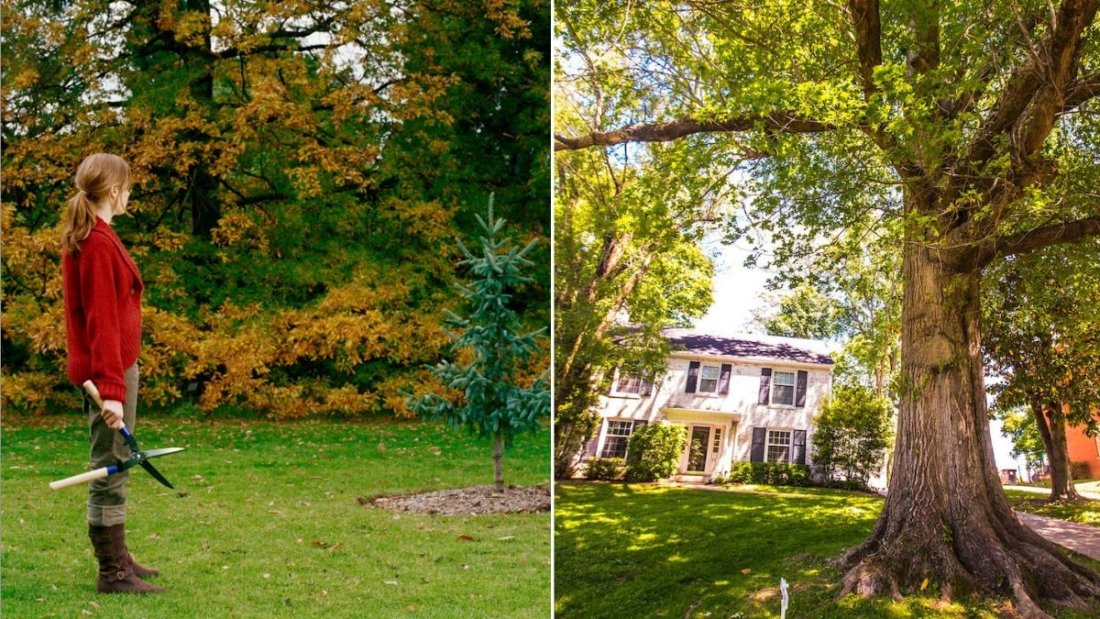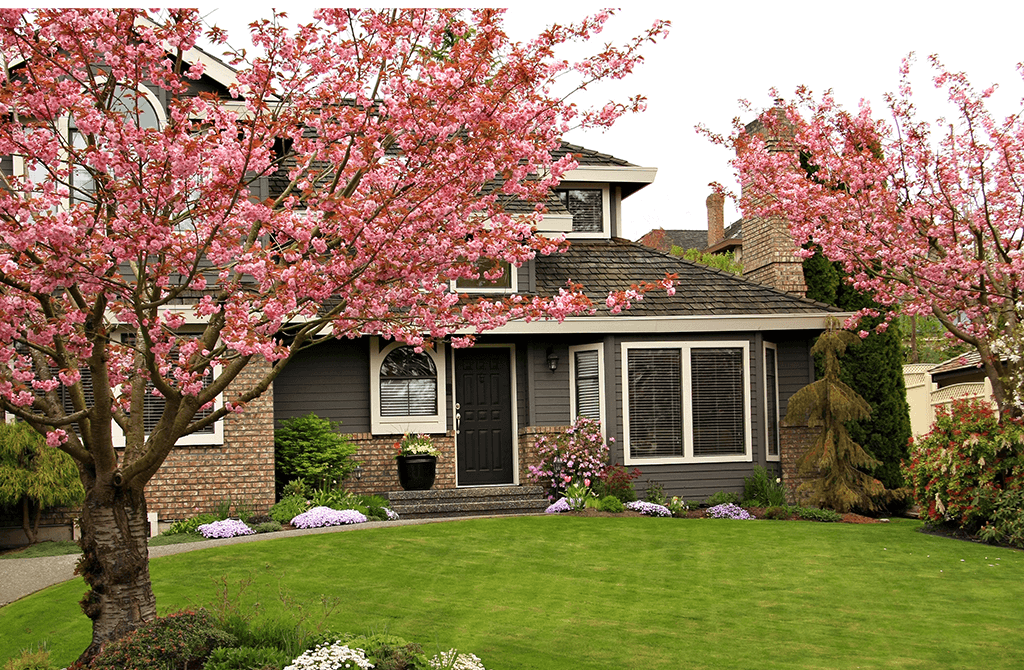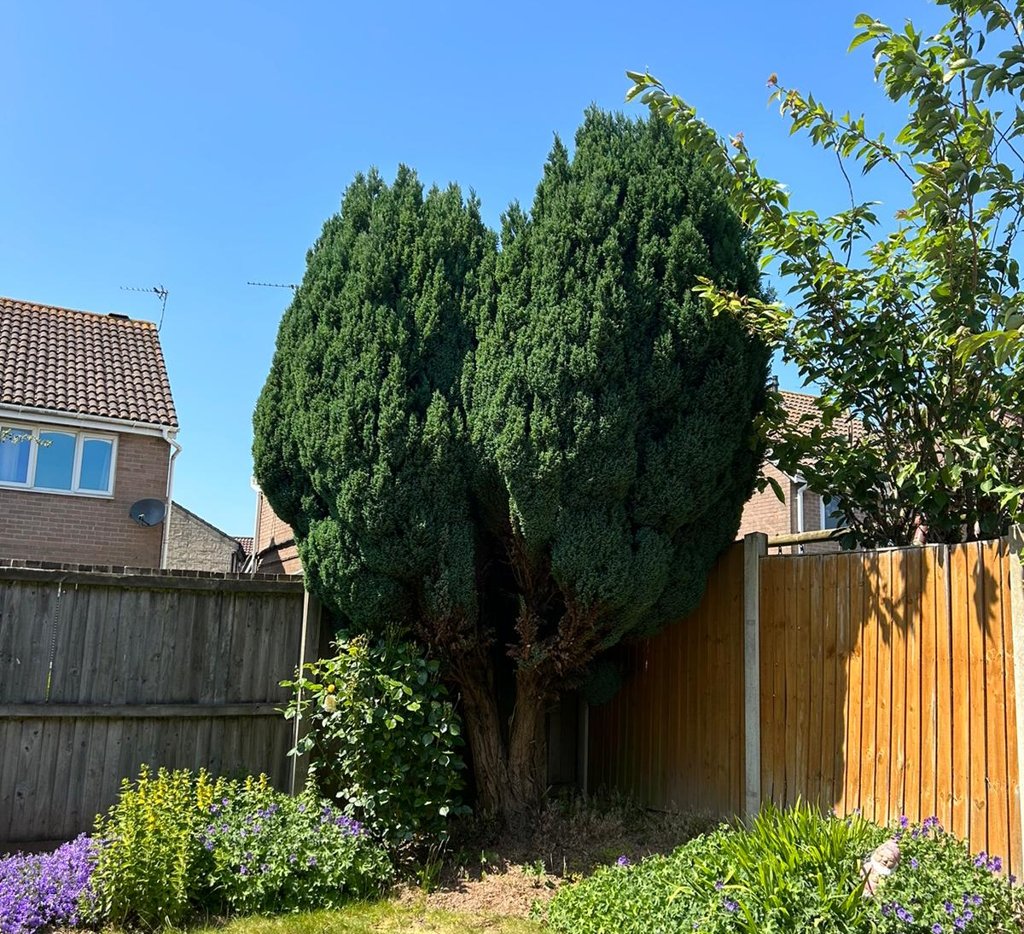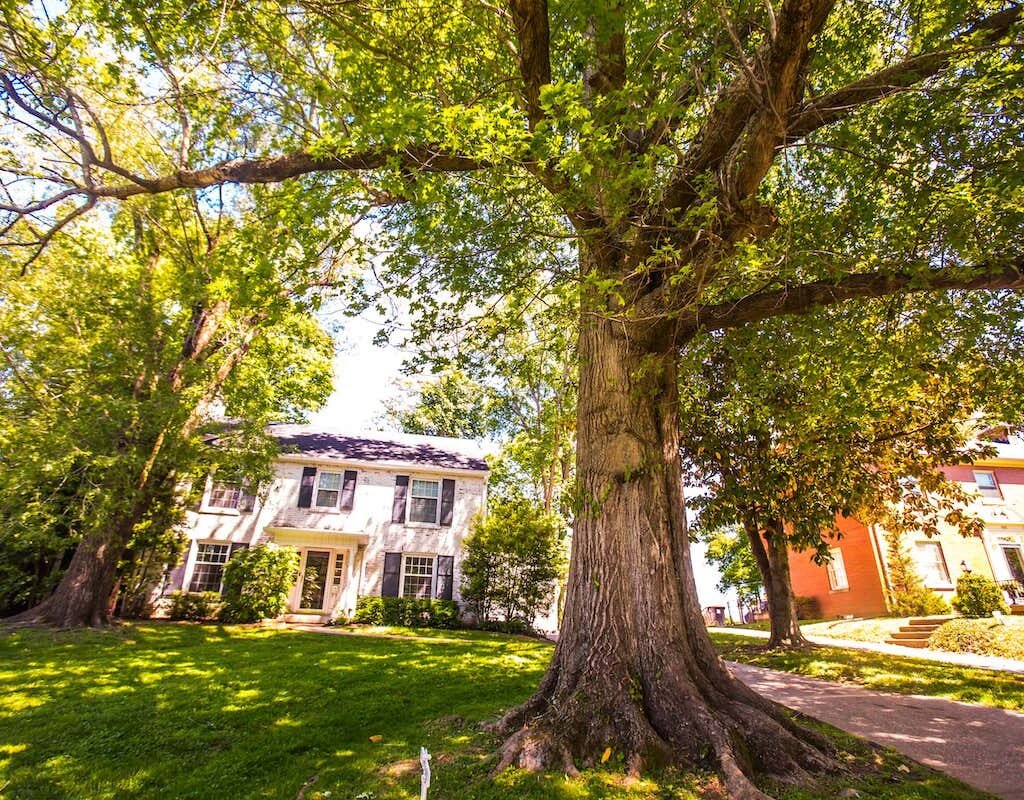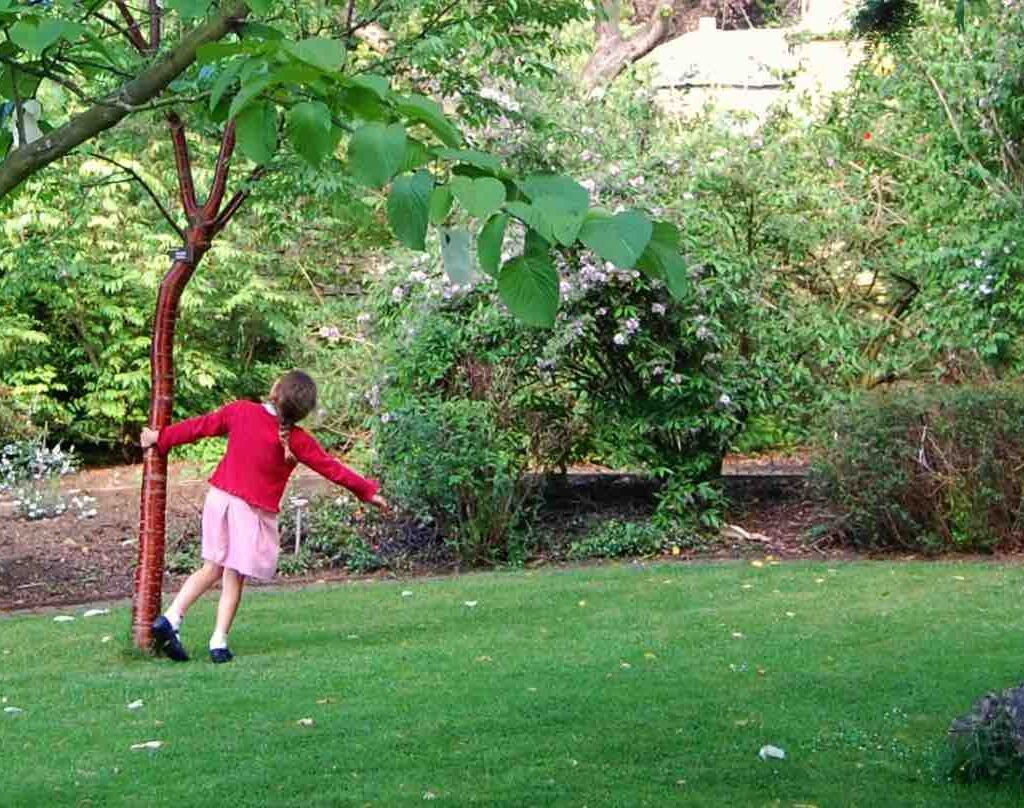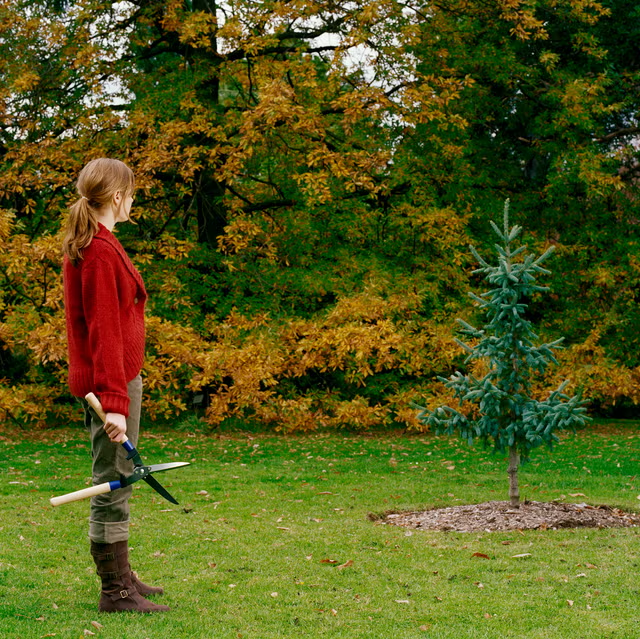When it comes to giving your garden a polished look, while also protecting your plants and soil, the right ground cover makes all the difference. But choosing between bark, pebbles, or mulch can be surprisingly tricky. Each has unique advantages—and potential drawbacks—depending on your garden’s needs, climate, and aesthetic goals.
To help you make the best decision for your outdoor space, here’s what landscape experts have to say about each option, from their visual appeal to their impact on soil health and long-term maintenance.
1. Why Ground Cover Matters
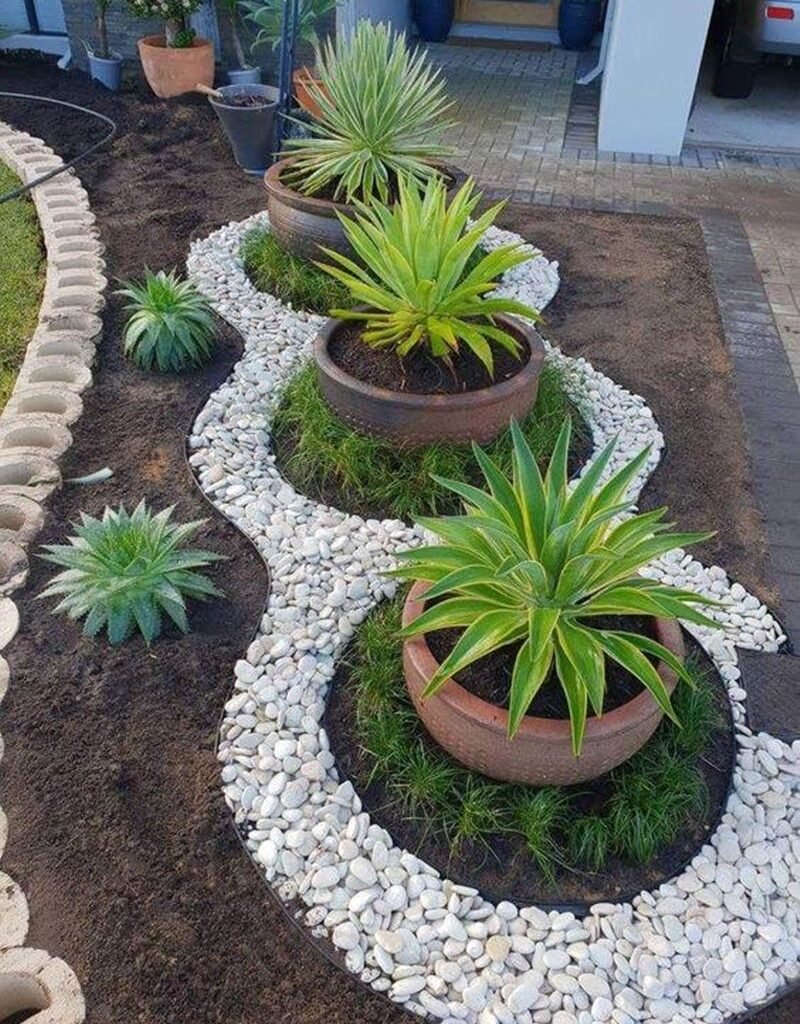
Ground covers like bark, mulch, and pebbles do much more than beautify your garden. They serve several essential functions:
- Moisture retention: Prevents rapid evaporation from soil, keeping roots hydrated longer.
- Weed control: Blocks sunlight from reaching weed seeds, reducing unwanted growth.
- Temperature regulation: Insulates the soil, keeping roots cooler in summer and warmer in winter.
- Erosion prevention: Protects topsoil from washing away during heavy rain or wind.
- Aesthetic enhancement: Provides a clean, unified look that ties garden beds together.
Choosing the right material depends on your climate, plant type, and maintenance preferences. Let’s explore each in depth.
2. Bark: Natural Beauty and Insulation
What It Is:
Bark is a natural ground cover made from the outer layer of trees, commonly pine, cedar, or fir. It comes in various forms—nuggets, chips, or shredded.
Pros of Using Bark:
- Natural insulation: Bark acts like a blanket for your soil, keeping plant roots stable through temperature swings.
- Improves soil health: As bark decomposes, it adds organic matter and nutrients, enriching the soil over time.
- Pleasant appearance: The warm, earthy tones complement both modern and rustic landscapes.
- Eco-friendly option: When sourced responsibly, bark is a sustainable, biodegradable choice.
Cons of Using Bark:
- Needs regular replacement: Bark breaks down over time and typically needs refreshing every 1–2 years.
- Can attract pests: If placed too thickly or near wood structures, it may invite termites or carpenter ants.
- May float away: In heavy rains, lightweight bark chips can wash out of garden beds on slopes.
Best Uses:
- Around trees, shrubs, and perennial beds.
- In shaded areas where soil moisture is crucial.
- Gardens that aim for a soft, natural aesthetic.
Expert Tip:
Apply bark in a 2–3 inch layer, keeping it a few inches away from plant stems or trunks to prevent rot. Avoid piling it too thick—over-mulching can suffocate roots and harbor mold.
3. Pebbles: Clean, Modern, and Low-Maintenance
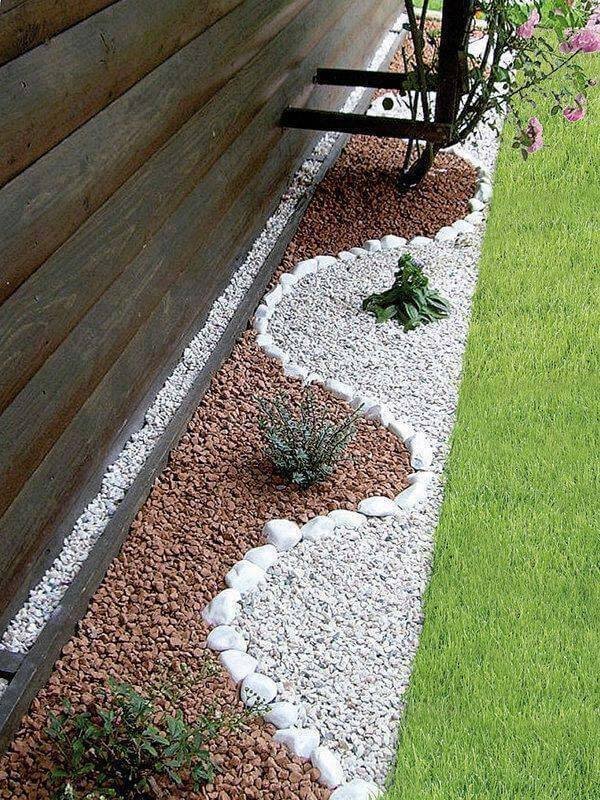
What It Is:
Pebbles or gravel are small stones used as decorative and functional ground cover. Options include river rock, crushed granite, or polished pebbles in various sizes and colors.
Pros of Using Pebbles:
- Long-lasting: Pebbles don’t decompose, so you won’t have to replace them every season.
- Excellent drainage: Ideal for dry climates or drought-tolerant gardens.
- Weed deterrent: When combined with landscape fabric underneath, pebbles effectively block most weeds.
- Stylish aesthetic: Their sleek, modern appearance enhances minimalist, desert, or Mediterranean designs.
- Fire-resistant: Perfect for fire-prone regions, as they don’t contribute to combustion.
Cons of Using Pebbles:
- No soil improvement: Pebbles don’t enrich soil or retain nutrients.
- Can increase heat: Stones absorb and radiate heat, which may stress delicate plants during summer.
- Difficult to move: Once installed, pebbles are heavy and not easy to adjust or remove.
- May compact soil: Over time, they can compress the ground beneath, affecting root growth.
Best Uses:
- Around succulents, cacti, or other drought-resistant plants.
- In pathways, borders, or driveways where durability matters.
- Gardens designed for minimal maintenance or a clean, architectural look.
Expert Tip:
Place landscape fabric beneath the pebbles to prevent weeds and to stop stones from sinking into the soil. Choose smaller stones for even coverage and larger ones for accents or edging.
4. Organic Mulch: The All-Rounder for Healthy Gardens
What It Is:
Mulch refers to any material spread over the soil to protect and enrich it. While bark is a type of mulch, the term “mulch” often refers to organic blends like shredded leaves, compost, straw, or wood chips.
Pros of Using Mulch:
- Nutrient-rich: Organic mulches feed soil microbes and boost fertility as they break down.
- Moisture retention: Excellent at keeping soil damp, reducing watering needs.
- Temperature control: Helps prevent soil from freezing in winter and overheating in summer.
- Promotes root health: Encourages robust root development and microbial activity.
- Wide variety: From fine compost to coarse wood chips, you can match the texture and look to your garden style.
Cons of Using Mulch:
- Requires upkeep: Must be replenished annually or biannually as it decomposes.
- Can harbor fungus: If applied too thickly, it may promote mold or mildew.
- Not ideal in windy areas: Lightweight mulch materials can blow away without edging.
Best Uses:
- Vegetable gardens and flower beds where soil enrichment is a priority.
- Areas around trees and shrubs that benefit from organic matter.
- Temperate climates where soil moisture balance is crucial.
Expert Tip:
Apply a 2–4 inch layer and lightly rake it into the topsoil to encourage even breakdown. Avoid “volcano mulching” (piling mulch against tree trunks), which can cause bark decay and disease.
5. Comparing at a Glance
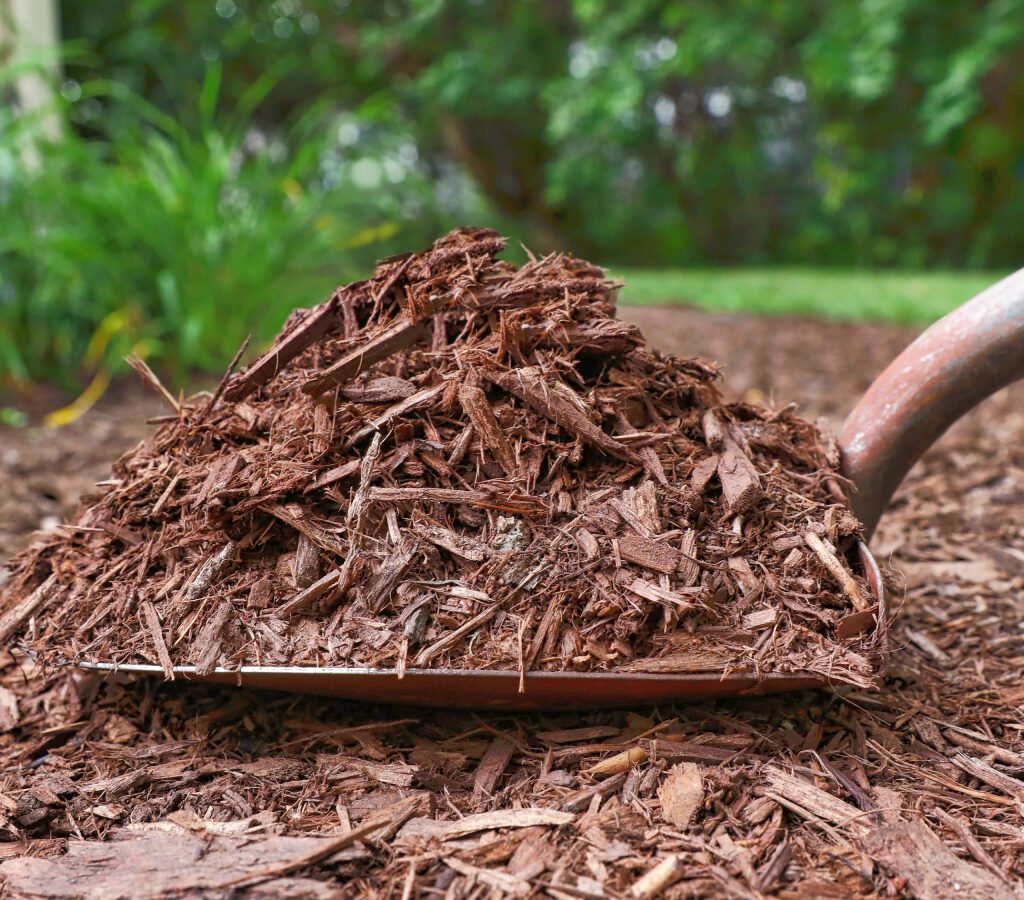
| Feature | Bark | Pebbles | Mulch (Organic) |
|---|---|---|---|
| Appearance | Warm, natural | Clean, modern | Varied, rustic |
| Longevity | 1–2 years | 5–10 years | 1 year or less |
| Soil Enrichment | Yes | No | Excellent |
| Maintenance | Moderate | Low | Moderate |
| Weed Control | Good | Excellent (with fabric) | Good |
| Drainage | Moderate | Excellent | Good |
| Cost | Moderate | High | Low–Moderate |
| Best For | Shrub beds, trees | Drought gardens, paths | Flower and veggie beds |
6. Choosing the Right Option for Your Garden
The perfect ground cover depends on your climate, garden design, and plant type. Here’s how to decide:
- For lush, nutrient-rich gardens: Choose organic mulch. It continuously feeds the soil and improves texture, making it ideal for flower beds and vegetables.
- For low-maintenance, modern landscapes: Go with pebbles. They offer a crisp look and virtually no upkeep—great for contemporary homes or dry regions.
- For natural-looking, shaded spaces: Select bark mulch. It balances appearance and function, keeping roots insulated while maintaining a woodland aesthetic.
Combination Approach:
Many landscapers recommend mixing materials strategically. For example, use pebbles along walkways, bark under shrubs, and compost mulch in vegetable beds. This not only improves functionality but also adds visual interest.
7. Expert Advice on Application and Maintenance
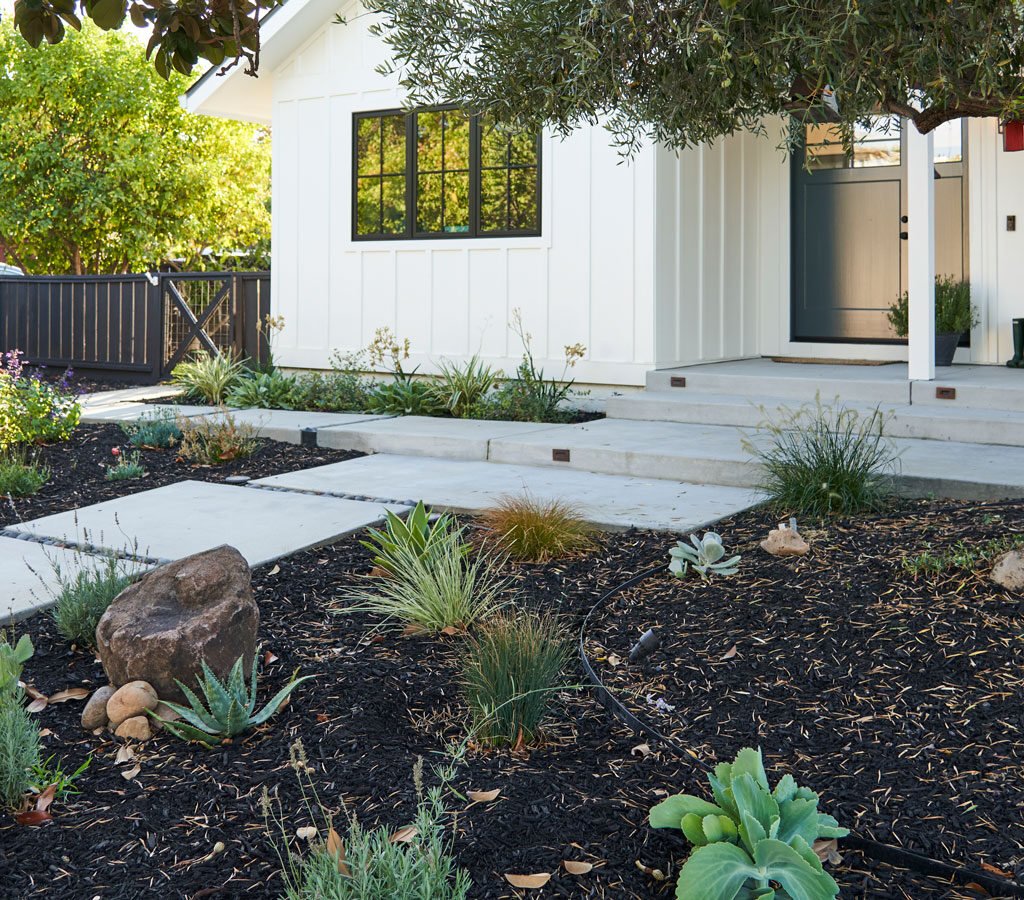
No matter which material you choose, proper installation ensures lasting results.
Preparation Steps:
- Clear the area of weeds, debris, and old mulch.
- Level the soil to prevent pooling or erosion.
- Install edging (like bricks or metal strips) to contain your chosen material.
- Lay landscape fabric under pebbles or bark for extra weed protection (optional for organic mulch).
- Spread evenly, maintaining the recommended depth (2–4 inches for mulch, 1–2 inches for pebbles).
Maintenance Tips:
- Rake bark or mulch occasionally to prevent matting and improve airflow.
- Check moisture regularly—especially under pebble beds, where heat can dry the soil quickly.
- Top up materials once a year (mulch) or every few years (bark). Pebbles rarely need replenishment but may require washing to stay clean.
8. Final Thoughts
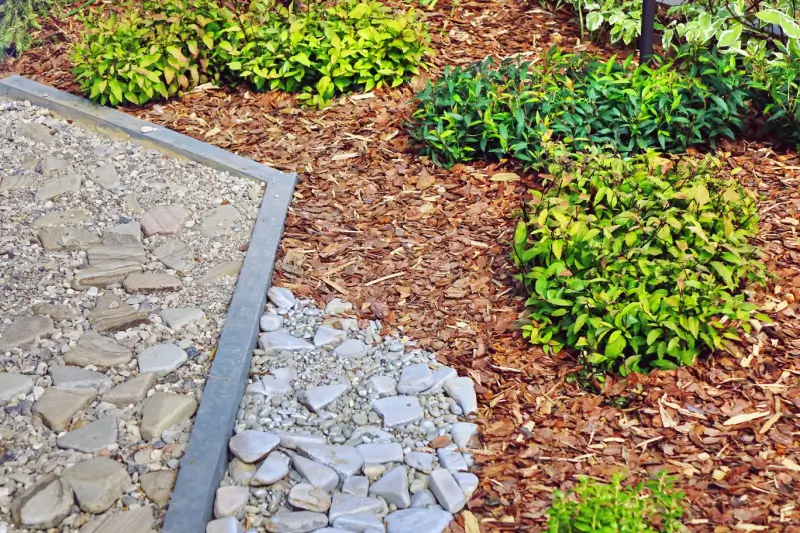
Bark, pebbles, and mulch each bring their own charm and benefits to the garden. The key is to match your ground cover to your plants’ needs, local weather, and desired aesthetic.
If you want vibrant, healthy soil that supports growth, organic mulch is unbeatable. For a sleek, modern look with minimal upkeep, pebbles shine. And if you love a warm, natural landscape that supports long-term plant health, bark is your best bet.
In the end, the right ground cover does more than beautify—it creates balance between nature, design, and sustainability. By choosing wisely, you’ll not only elevate your garden’s appearance but also give your plants the best foundation for thriving year after year.
